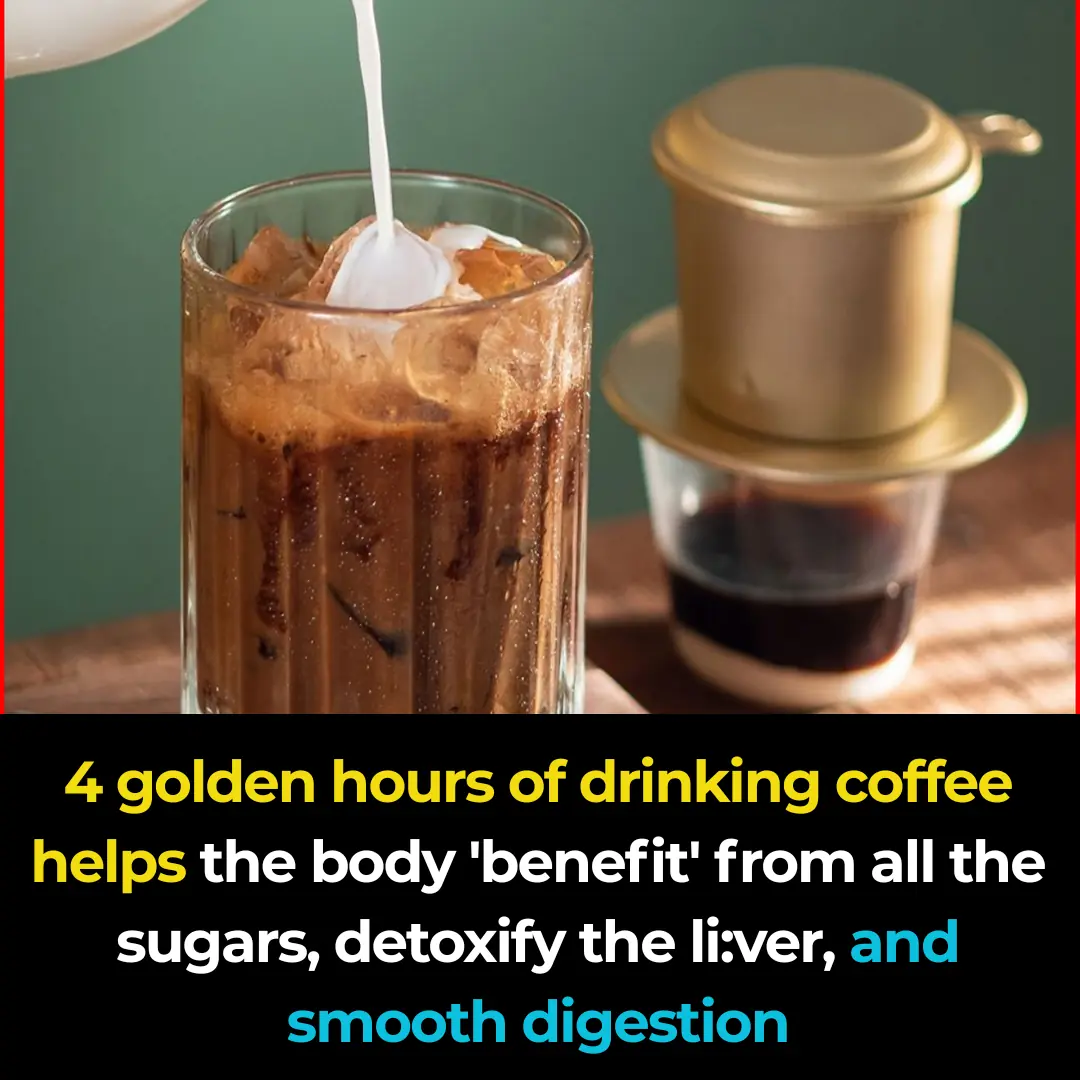
3 mistakes when using plastic wrap
Plastic wrap is commonly made from plastics such as polyethylene (PE), polyvinyl chloride (PVC), or polyvinylidene chloride (PVDC). Some types of plastic wrap may also contain additives to enhance properties such as adhesion, resistance to oxidation, and durability.
However, the use of plastic wrap still poses many health risks. Improper use can increase the risk of chemicals migrating from the wrap into food, which, over time, may harm health and raise the risk of cancer.
1. Three common mistakes when using plastic wrap
Below are three mistakes people often make when using plastic wrap that may lead to health problems.
– Reusing plastic wrap
Some people like to reuse plastic wrap to save money or protect the environment. However, they often don’t realize that invisible bacteria exist in environments such as refrigerators. If left for too long and reused, food can easily become contaminated, causing safety issues.
Moreover, reusing wrap may release harmful chemicals into food, which, over time, can cause various diseases, including cancer.
– Using plastic wrap for steaming or reheating food
Most food-grade plastic wraps on the market are made from PE plastic, which is stable and relatively safe. However, the melting point of PE wrap is not high. Prolonged heating may cause it to soften, deform, or even melt.
If we reheat food at high temperatures while it is wrapped in PE wrap, the plastic may melt, stick to the food, and release harmful substances, potentially damaging the body and raising cancer risk.
– Using low-quality plastic wrap
If you buy wrap with a high DEHA content, it may negatively affect health, including impacts on fertility and development, liver toxicity, and cancer risk.
So, what type of plastic wrap should you buy?
As mentioned, most wraps are made from PVC, PE, and PVDC. Among these, PVC is the most controversial. Its main component is polyvinyl chloride, and to increase flexibility, large amounts of plasticizers are often added. This type of wrap is cheap but has low safety.
Wrap made from PE is relatively safer, though it should not be used at high temperatures.
Finally, wrap made from PVDC is considered the safest. It is made from polyvinylidene chloride, providing excellent barrier and sealing properties as well as high chemical resistance. Although more expensive, PVDC wrap is safe for storing cooked foods.
2. Five tips for safe use of plastic wrap
– Avoid direct contact with food. When wrapping cooked food, leftovers, or other items, avoid letting the wrap touch the food directly. Ideally, keep a distance of at least 2 cm.
– Avoid using PVC or PE wrap with hot, oily, or cooked foods. Instead, use PVDC wrap or food containers to store these items.
– Control usage time. Plastic wrap is designed to keep food fresh for short periods, not for long-term storage. It is best to limit usage to within 12 hours.
– Not all foods can be wrapped with plastic wrap. For example, bananas and tomatoes release ethylene gas during ripening, which accelerates spoilage. Wrapping such foods not only fails to preserve freshness but also speeds up spoilage and may cause the loss of vitamin C and other nutrients.
– Avoid wraps with warning signs such as strong chemical odors, stickiness, thin and easy-to-tear material, non-transparent or uneven color, or visible spots.
News in the same category

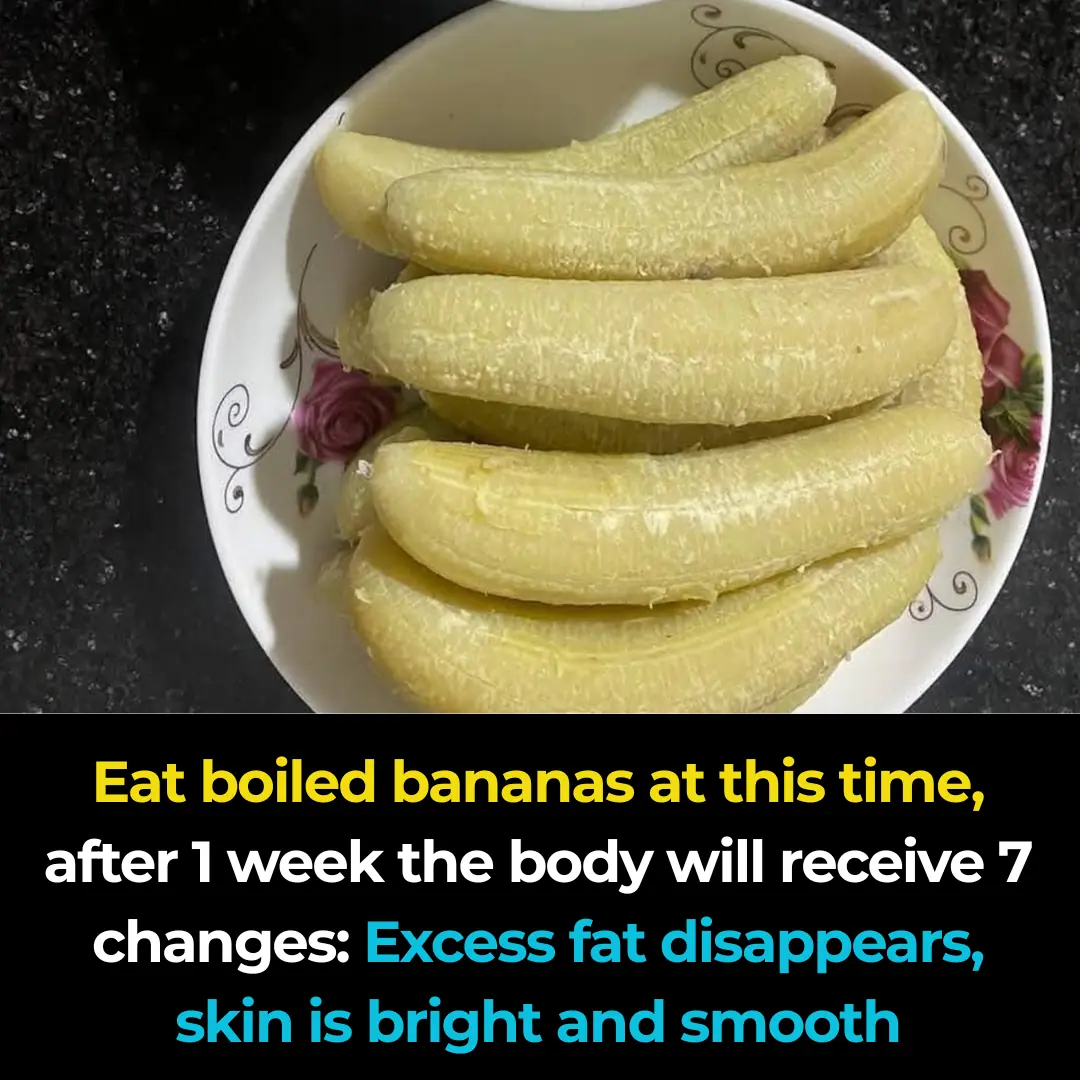
Eating boiled bananas at this time, after just 1 week, your body will experience 7 changes
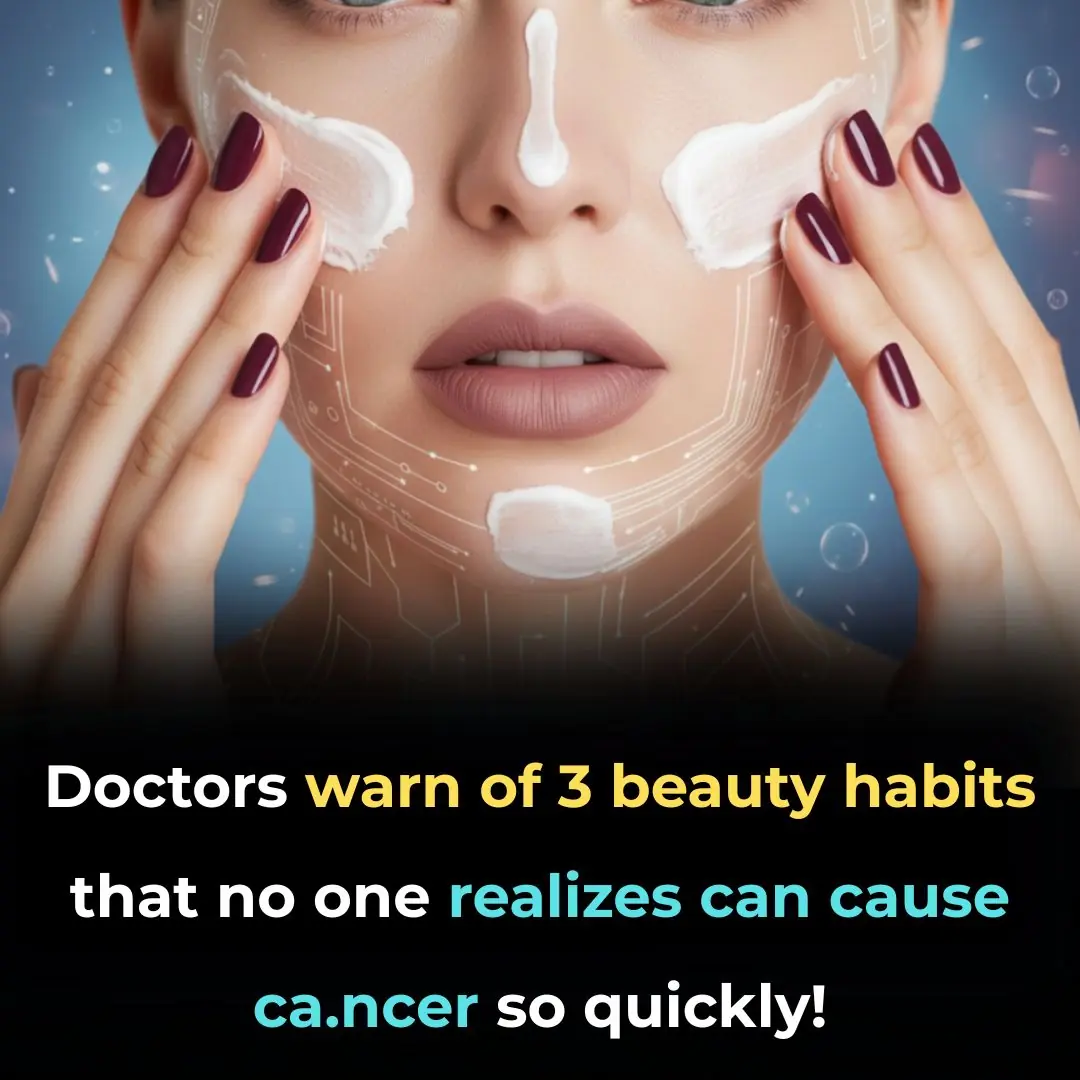
Doctors warn of 3 beauty habits that no one realizes can cause cancer so quickly!

Water flowing from the air conditioner: Thought to be useless, turns out to have many unexpected uses
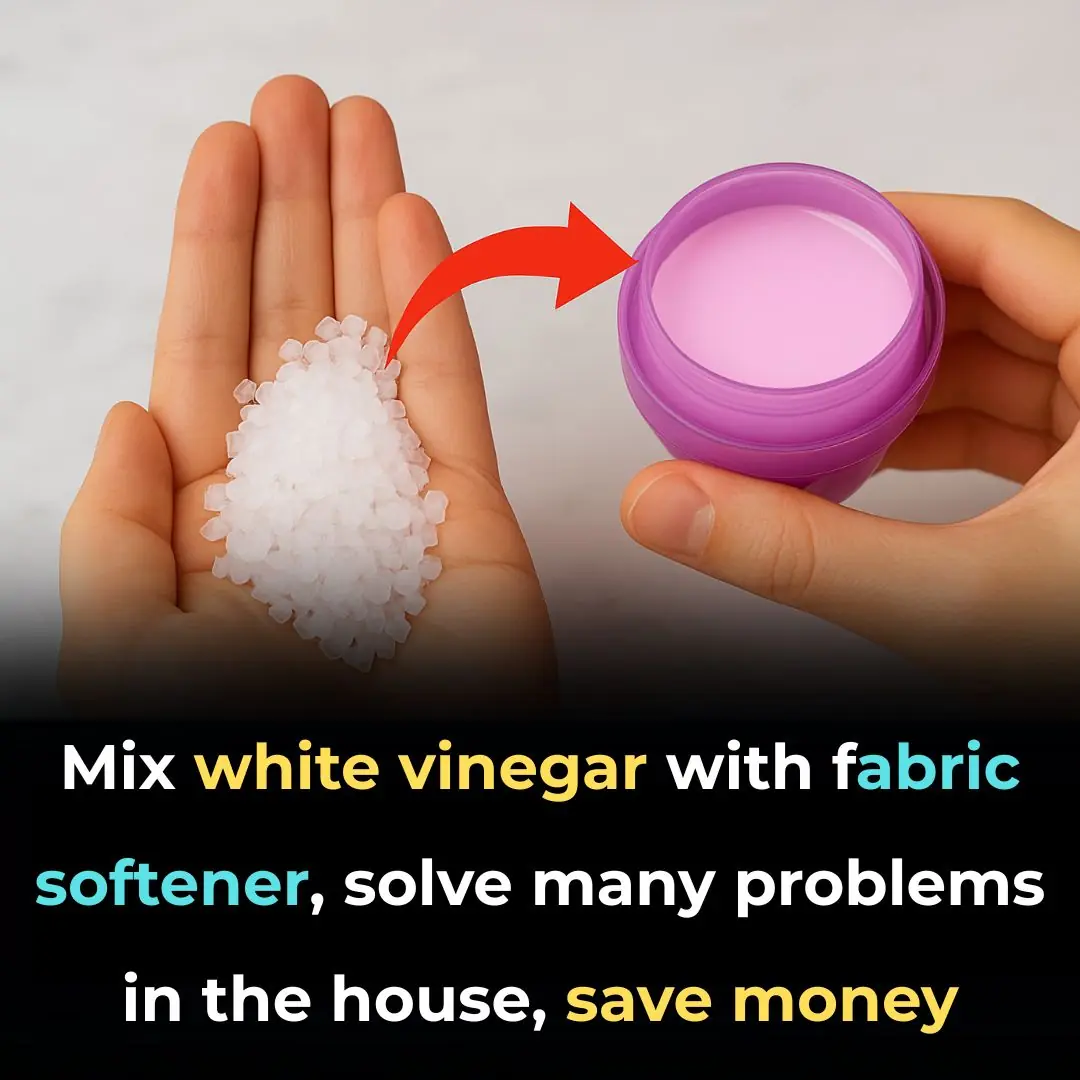
Mix white vinegar with fabric softener, solve many problems in the house, save money

The most correct way to give first aid for stroke at home
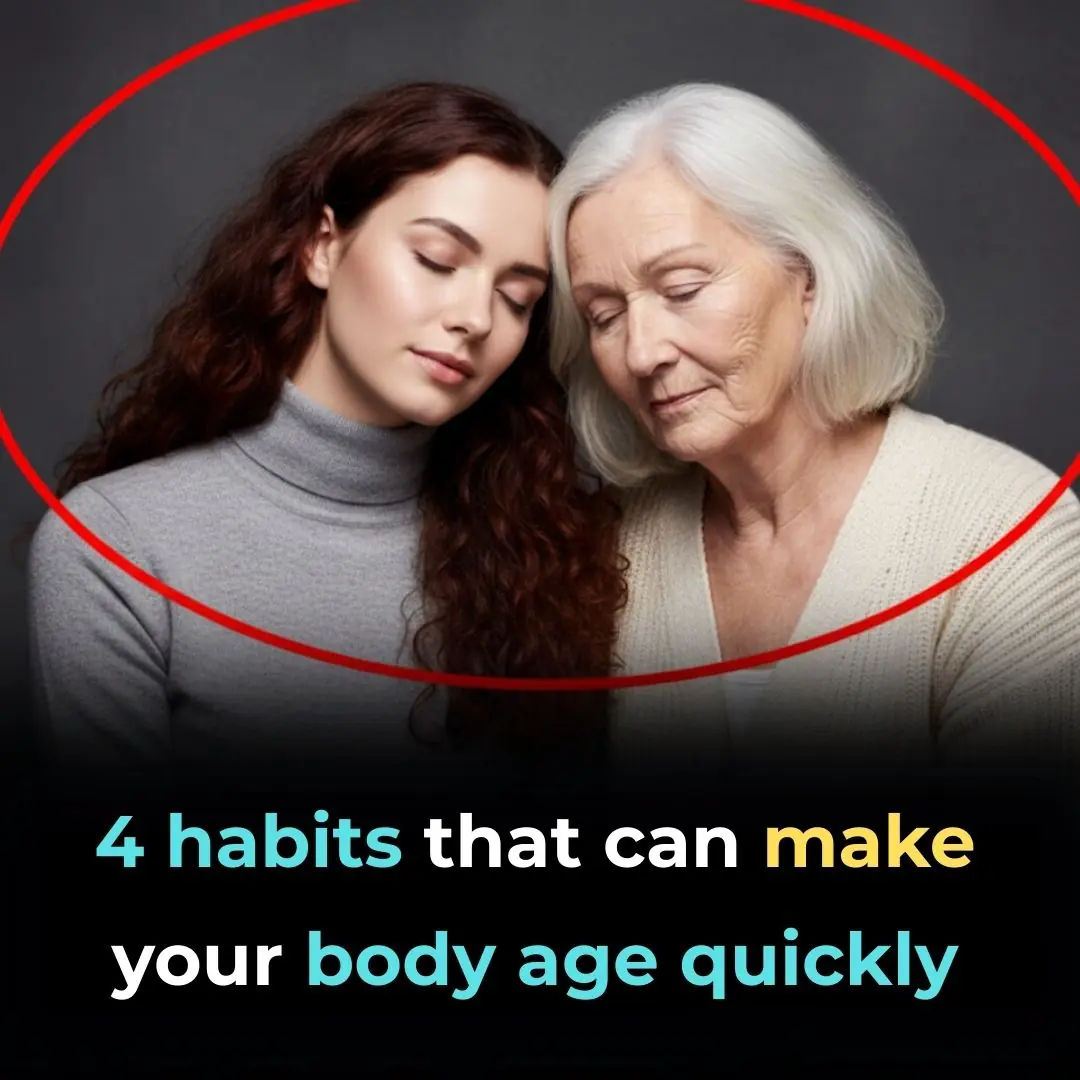
4 habits that can make your body age quickly
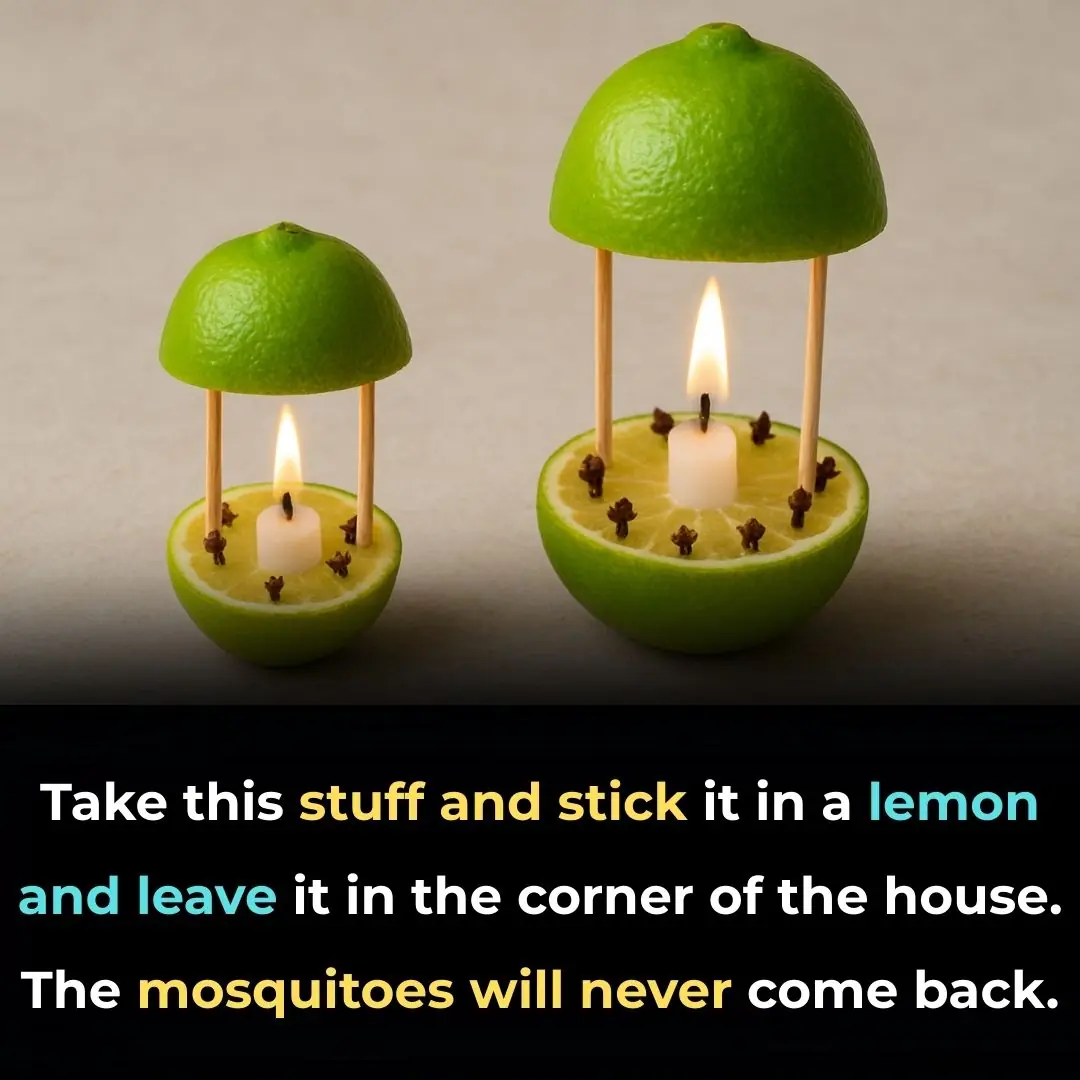
Take this stuff and stick it in a lemon and leave it in the corner of the house. The mosquitoes will never come back.
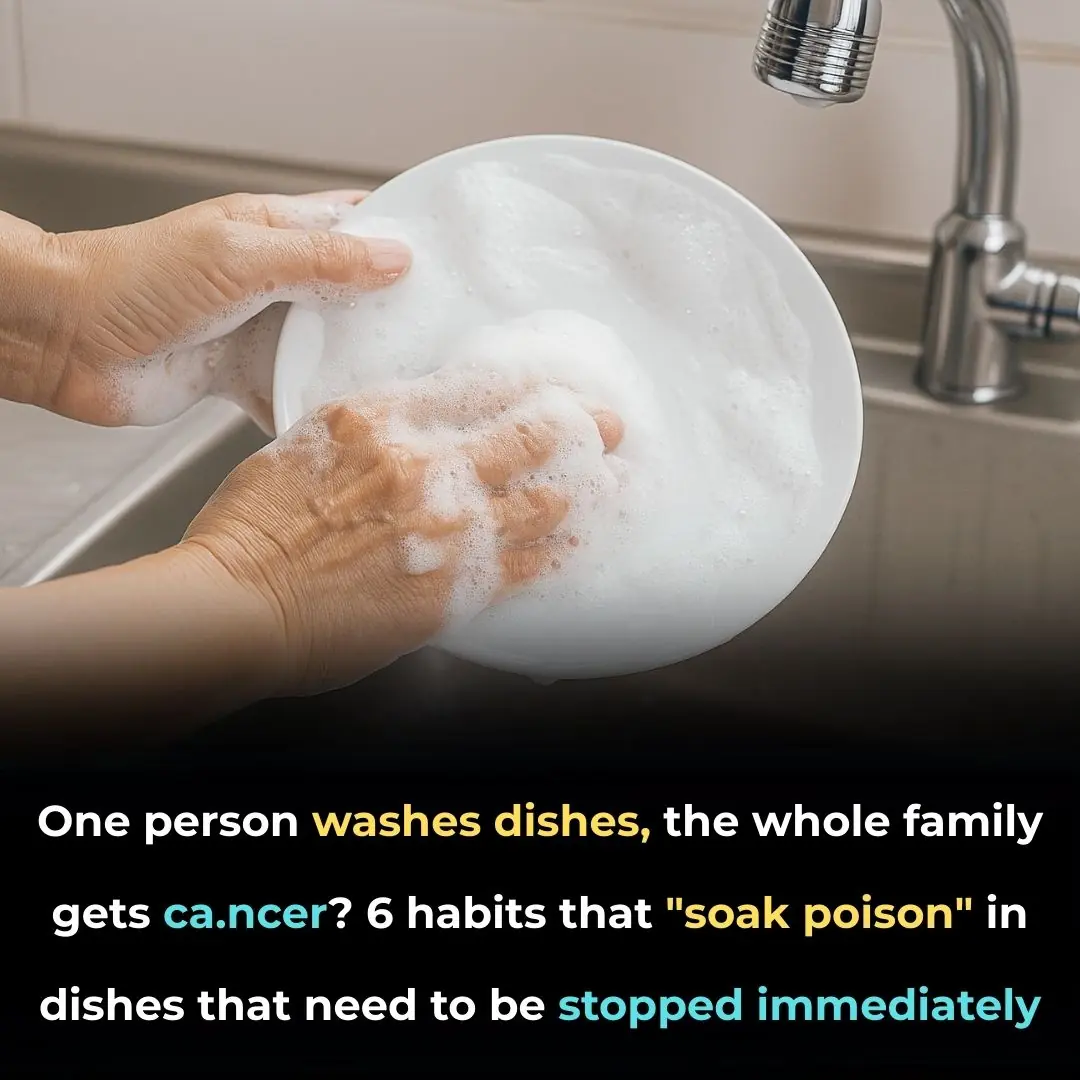
One person washes dishes, the whole family gets cancer? 6 habits that "soak poison" in dishes that need to be stopped immediately
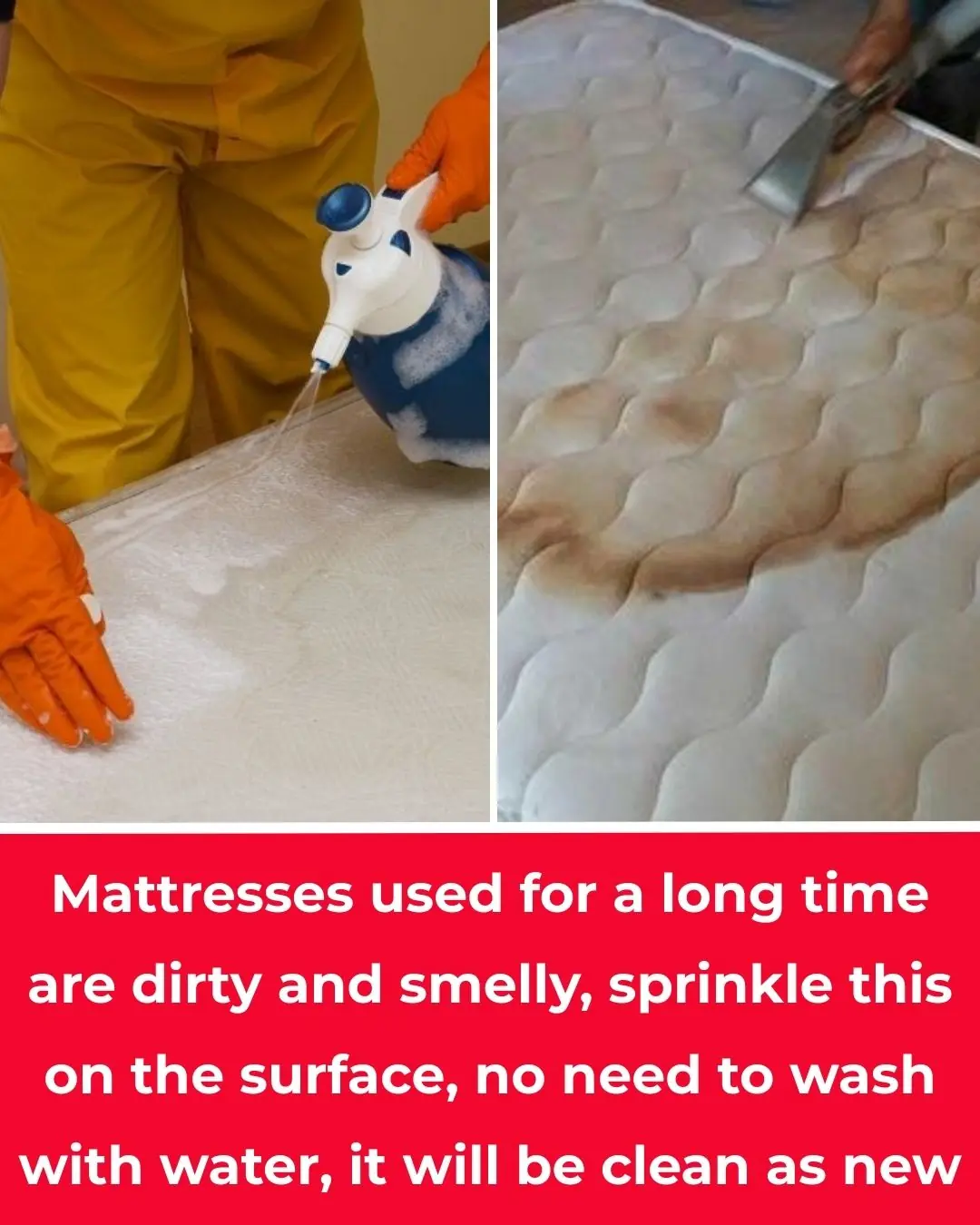
Mattresses used for a long time are dirty and smelly, sprinkle this on the surface, no need to wash with water, it will be clean as new
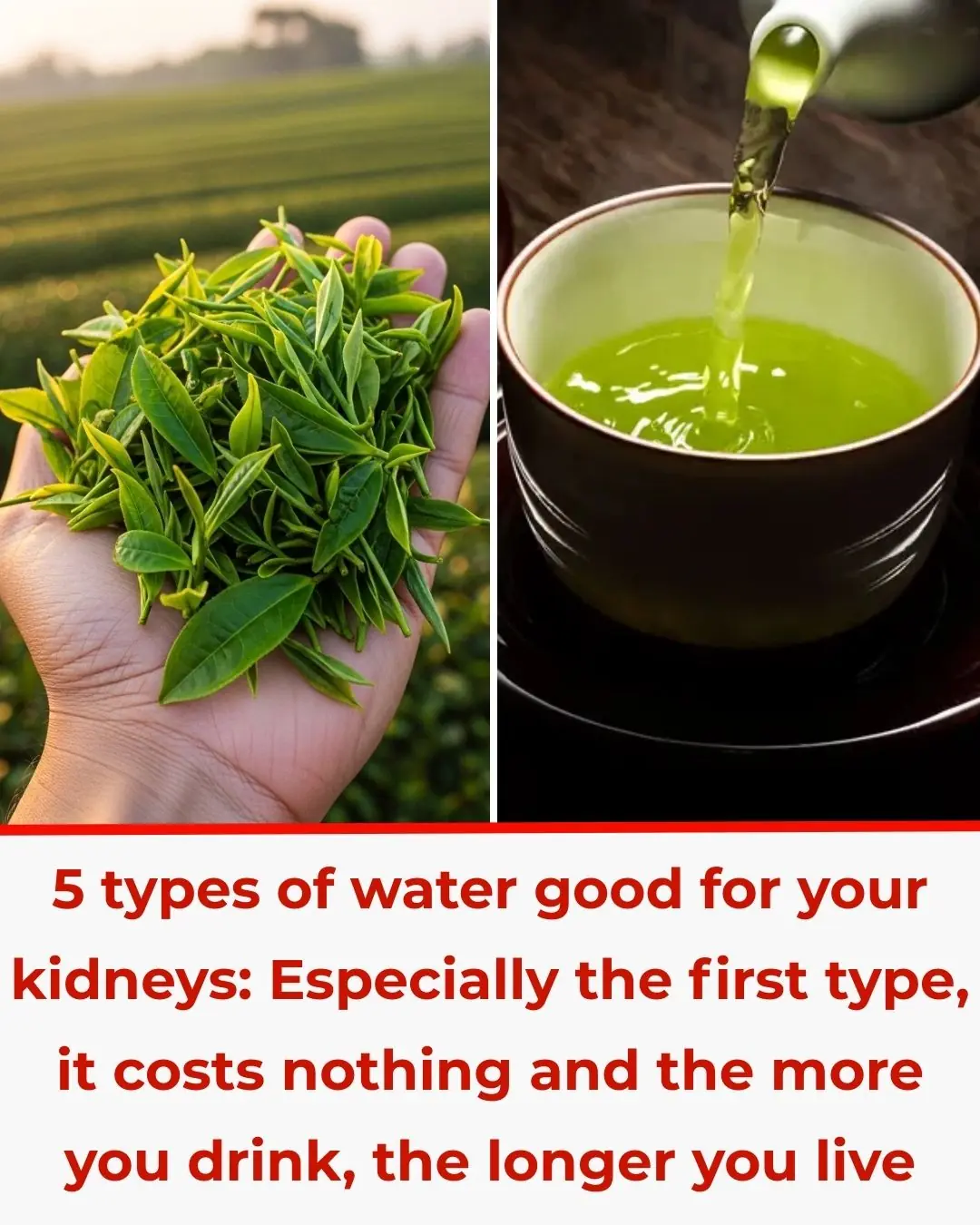
5 types of water good for your kidneys: Especially the first type, it costs nothing and the more you drink, the longer you live

Too many geckos in the house, here’s a little trick to make them ‘go away and never come back’
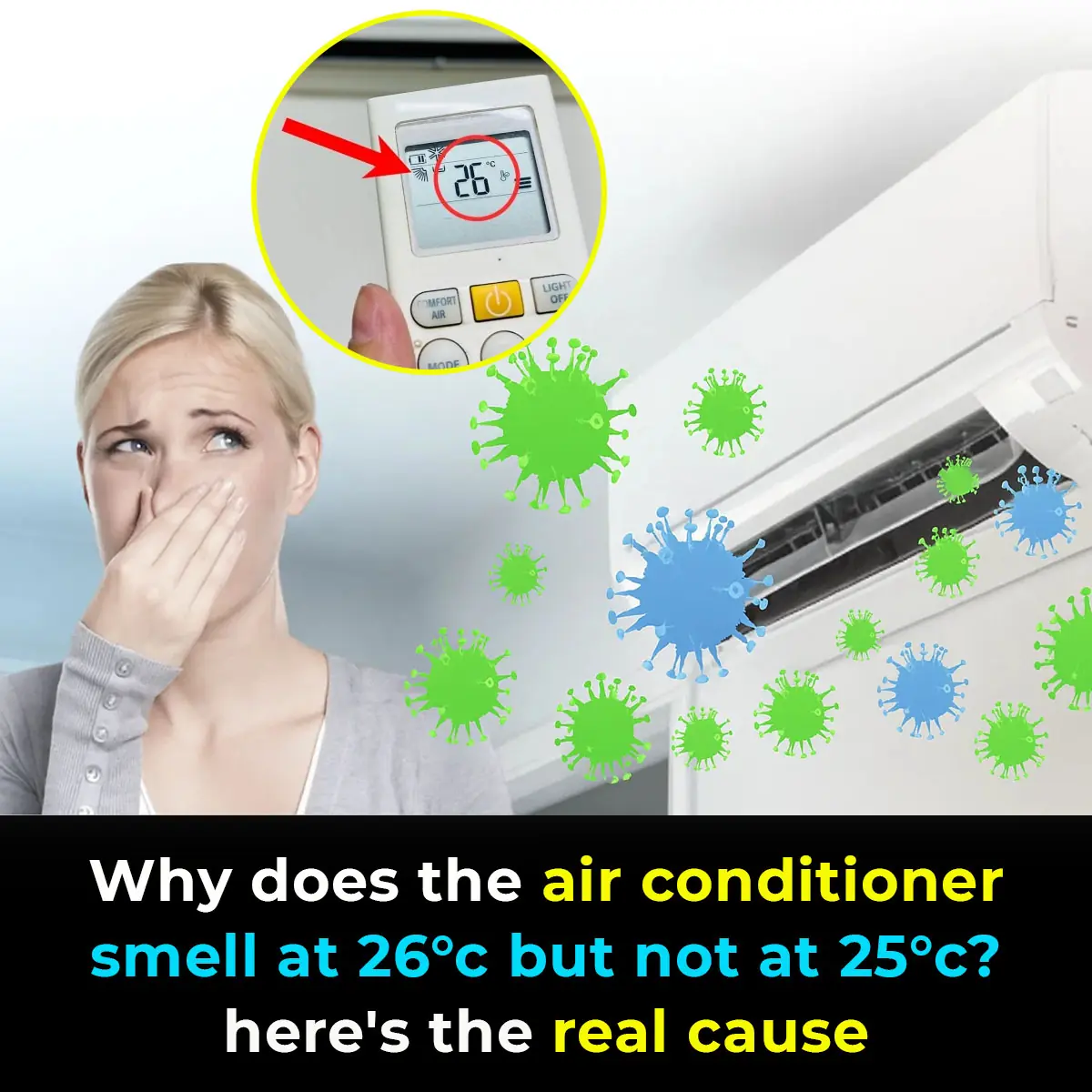
Why Does the Air Conditioner Smell at 26°C but Not at 25°C? The Surprising Cause

Why You Shouldn't Place Your Bed with the Head Facing West: Feng Shui Insights
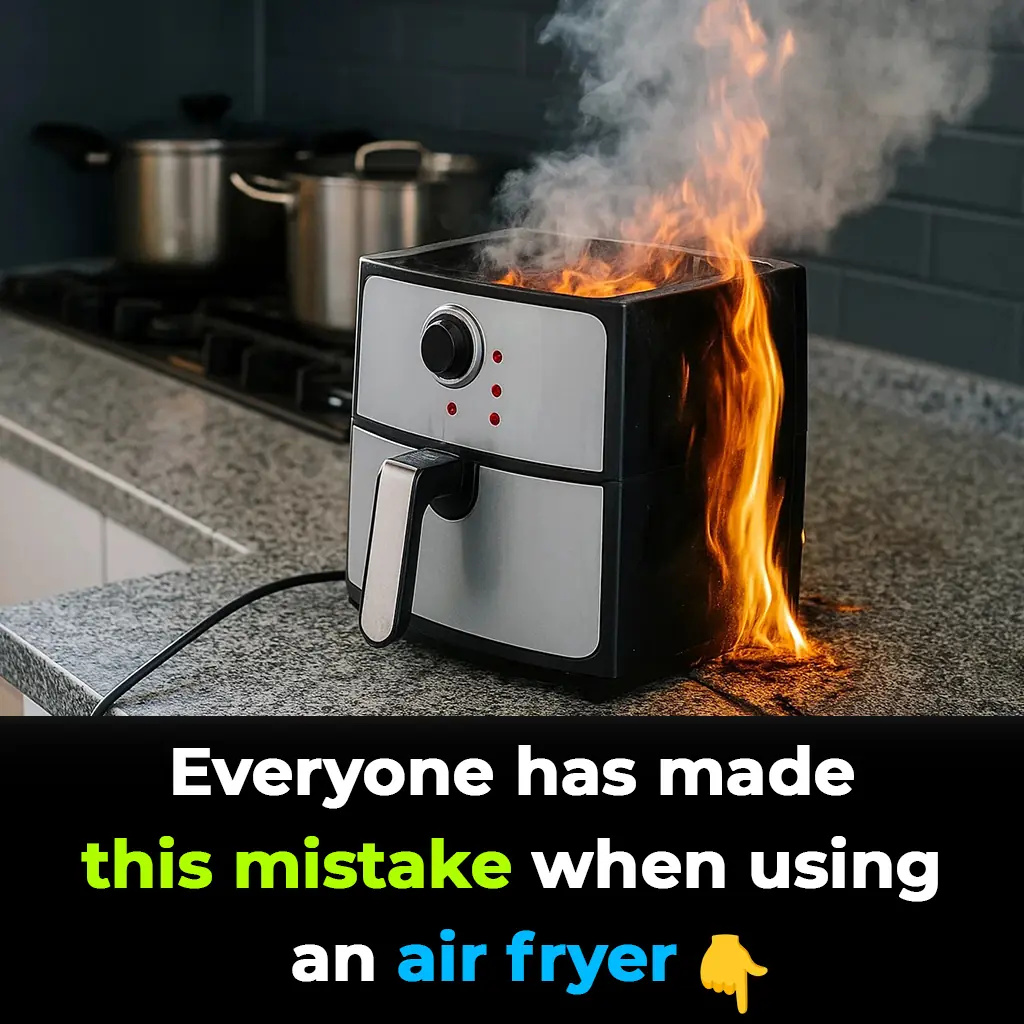
The Biggest Mistake Everyone Makes With an Air Fryer – And How to Avoid It
By steering clear of these common errors and sticking to simple safety practices, you can enjoy meals that taste better while also having peace of mind, confident that your appliance will operate safely and efficiently for years ahead.
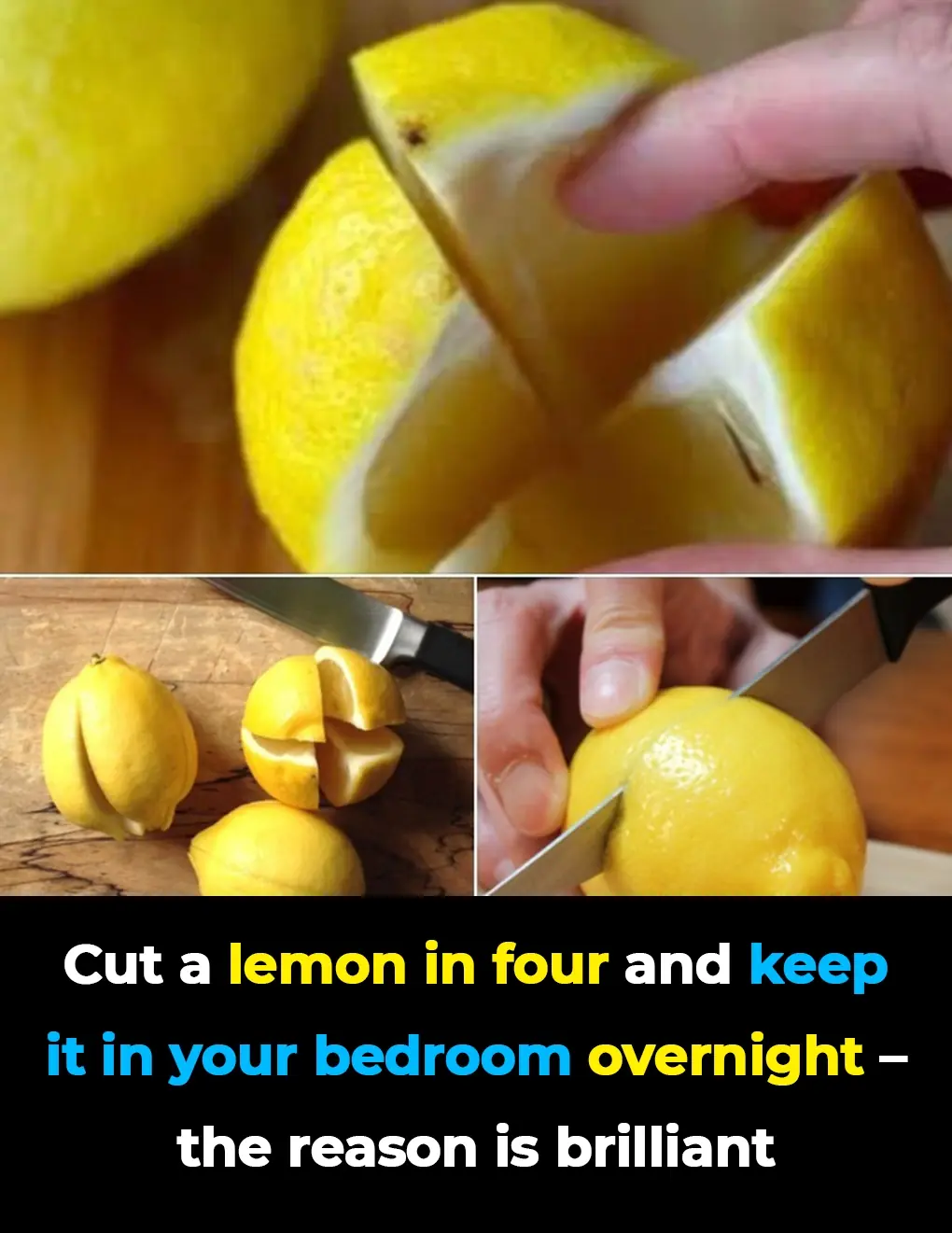
Cut a Lemon and Leave It in Your Bedroom Overnight – What Happens Will Surprise You
This simple lemon hack may seem minor, but it can create a significant impact.
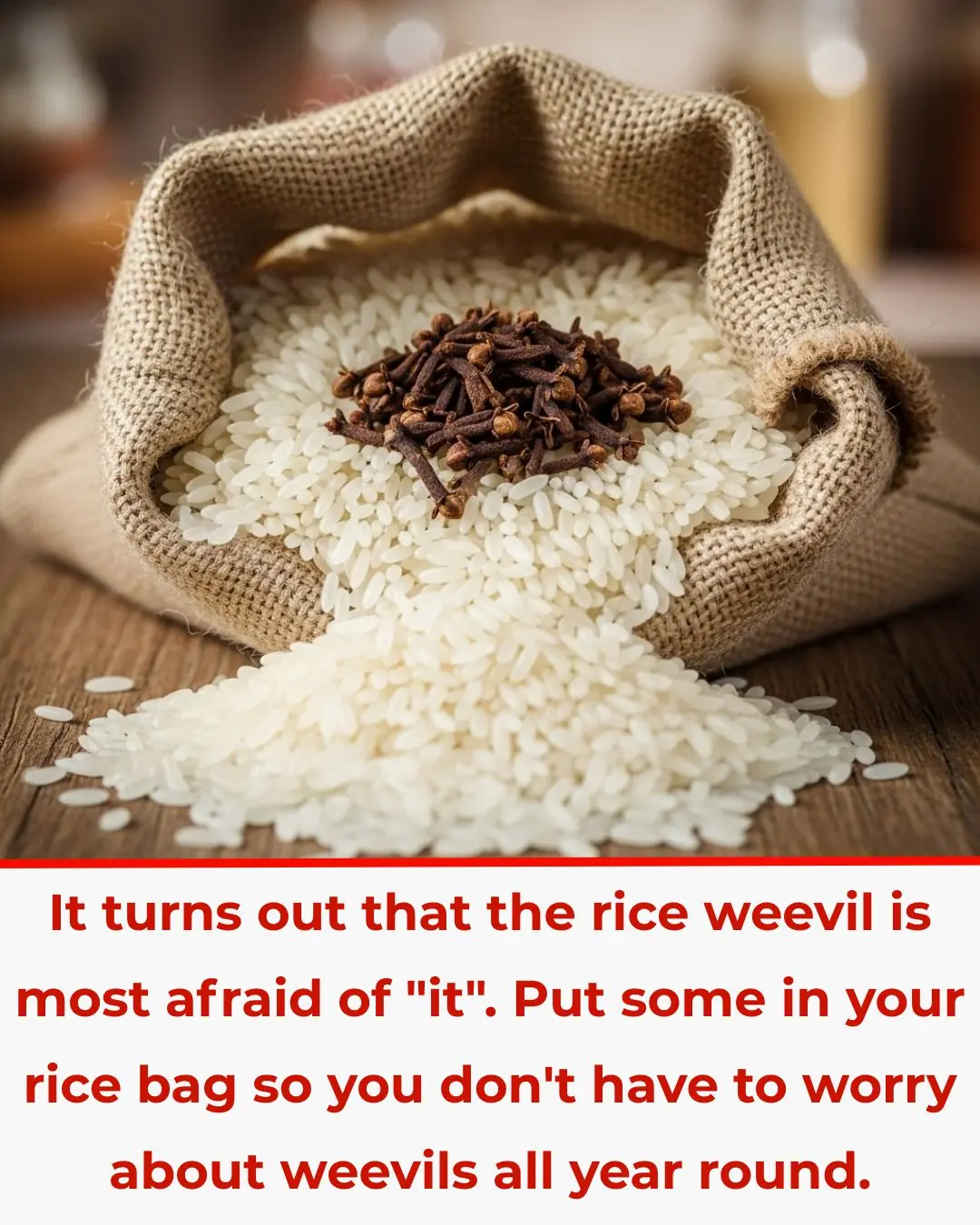
It turns out that the rice weevil is most afraid of "it". Put some in your rice bag so you don't have to worry about weevils all year round
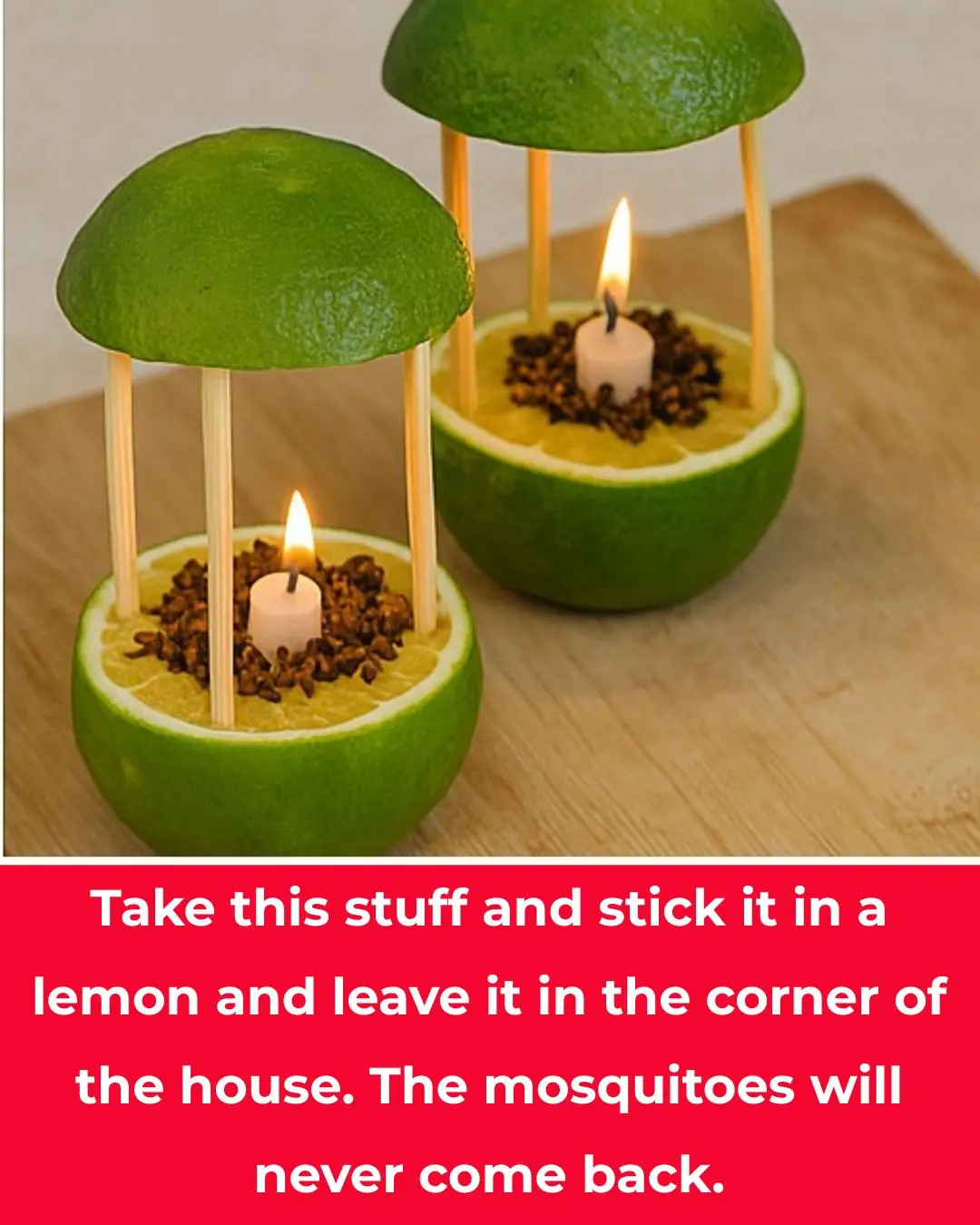
Take this stuff and stick it in a lemon and leave it in the corner of the house. The mosquitoes will never come back.
News Post
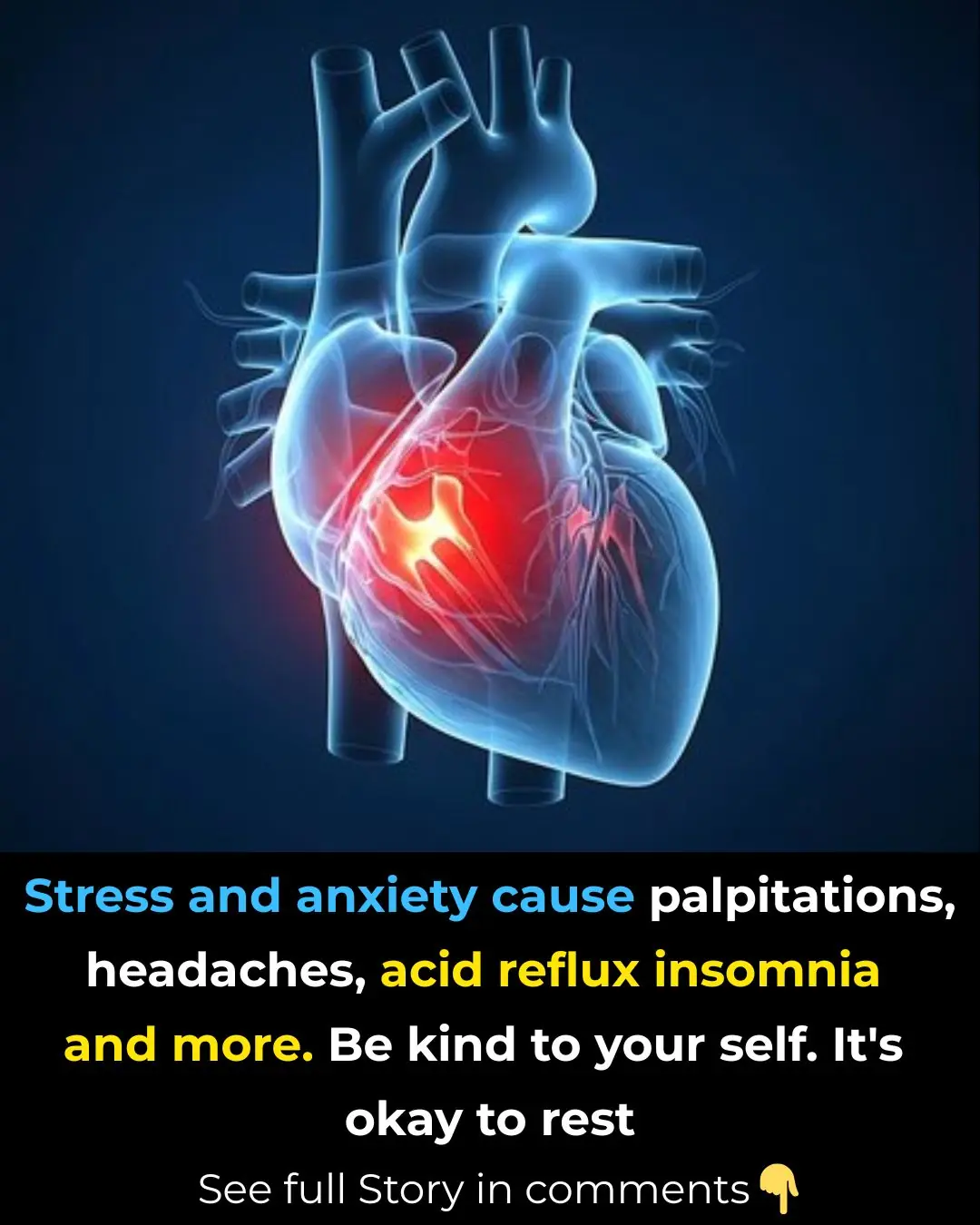
Symptoms That Can Be Caused by Stress
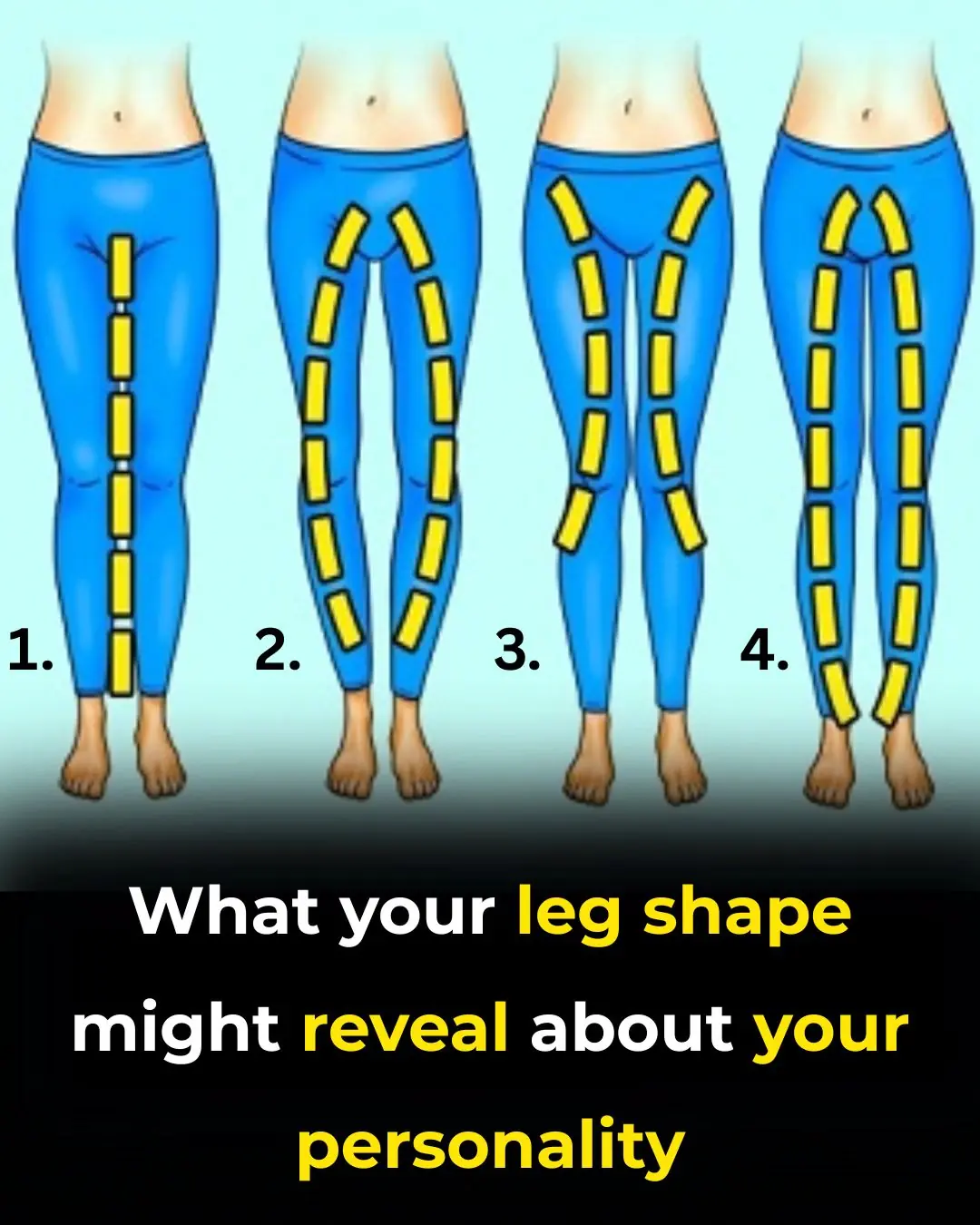
What the Shape of Your Legs Might Say About Your Personality
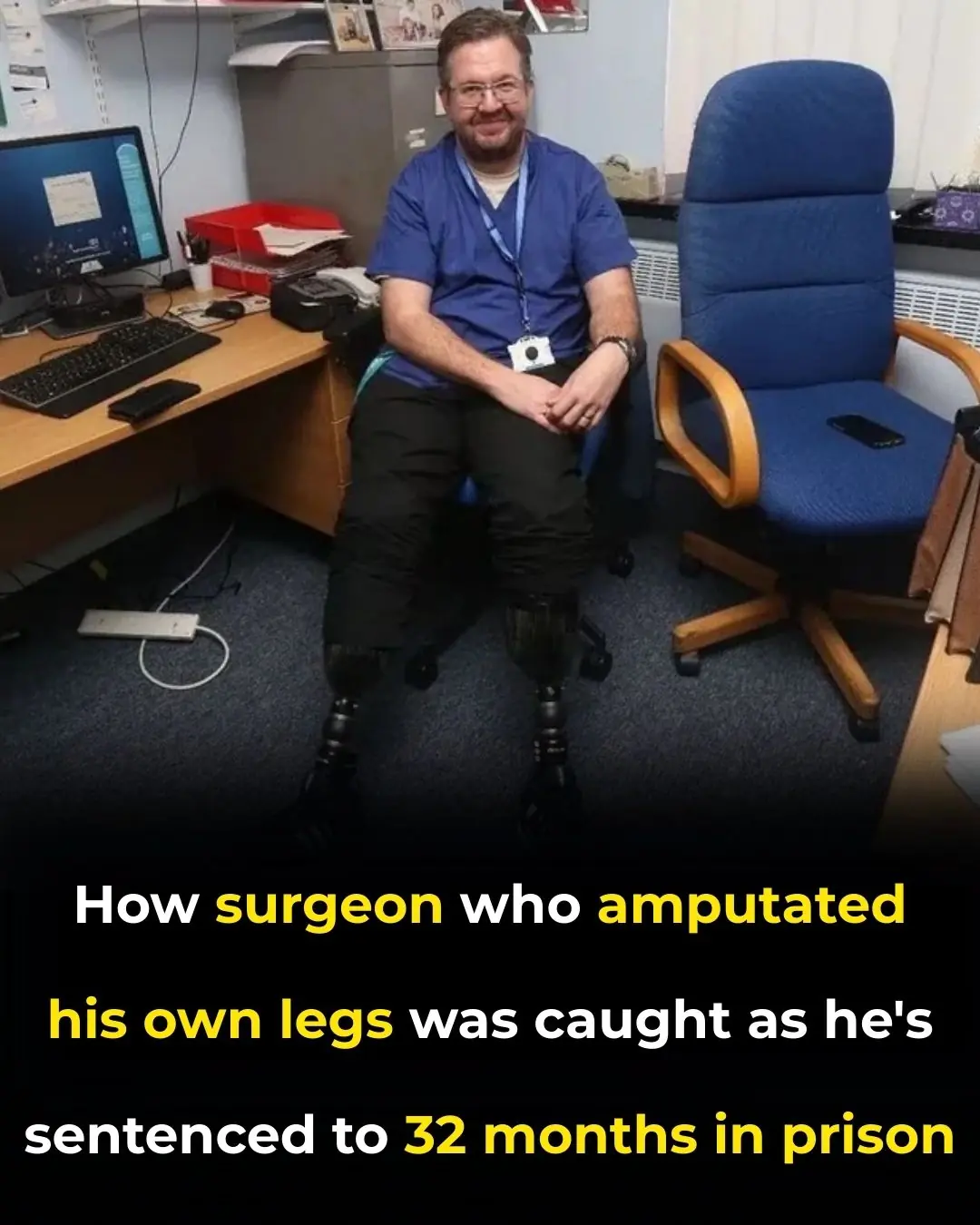
How surgeon who amputated his own legs was caught as he's sentenced to 32 months in prison
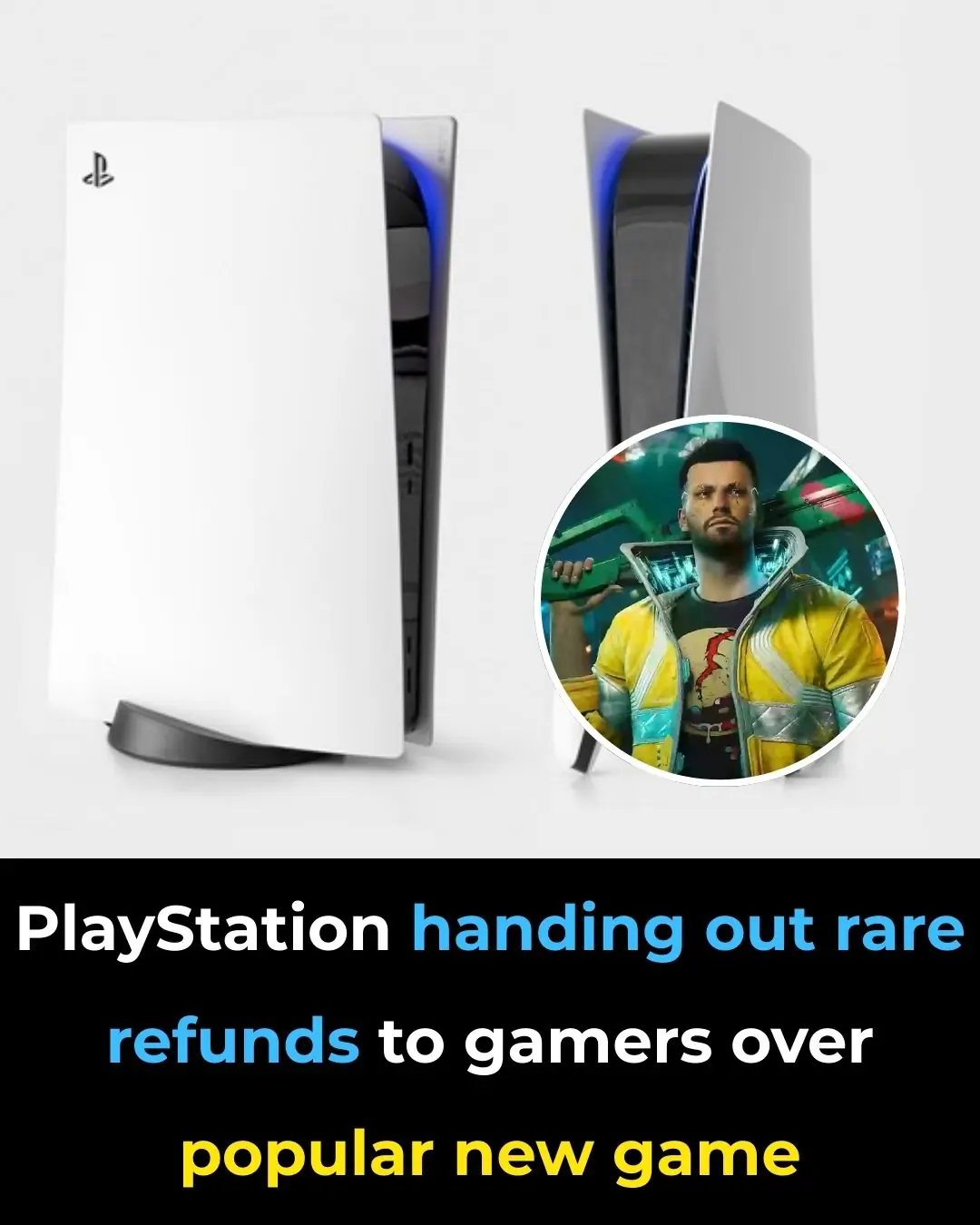
PlayStation handing out rare refunds to gamers over popular new game
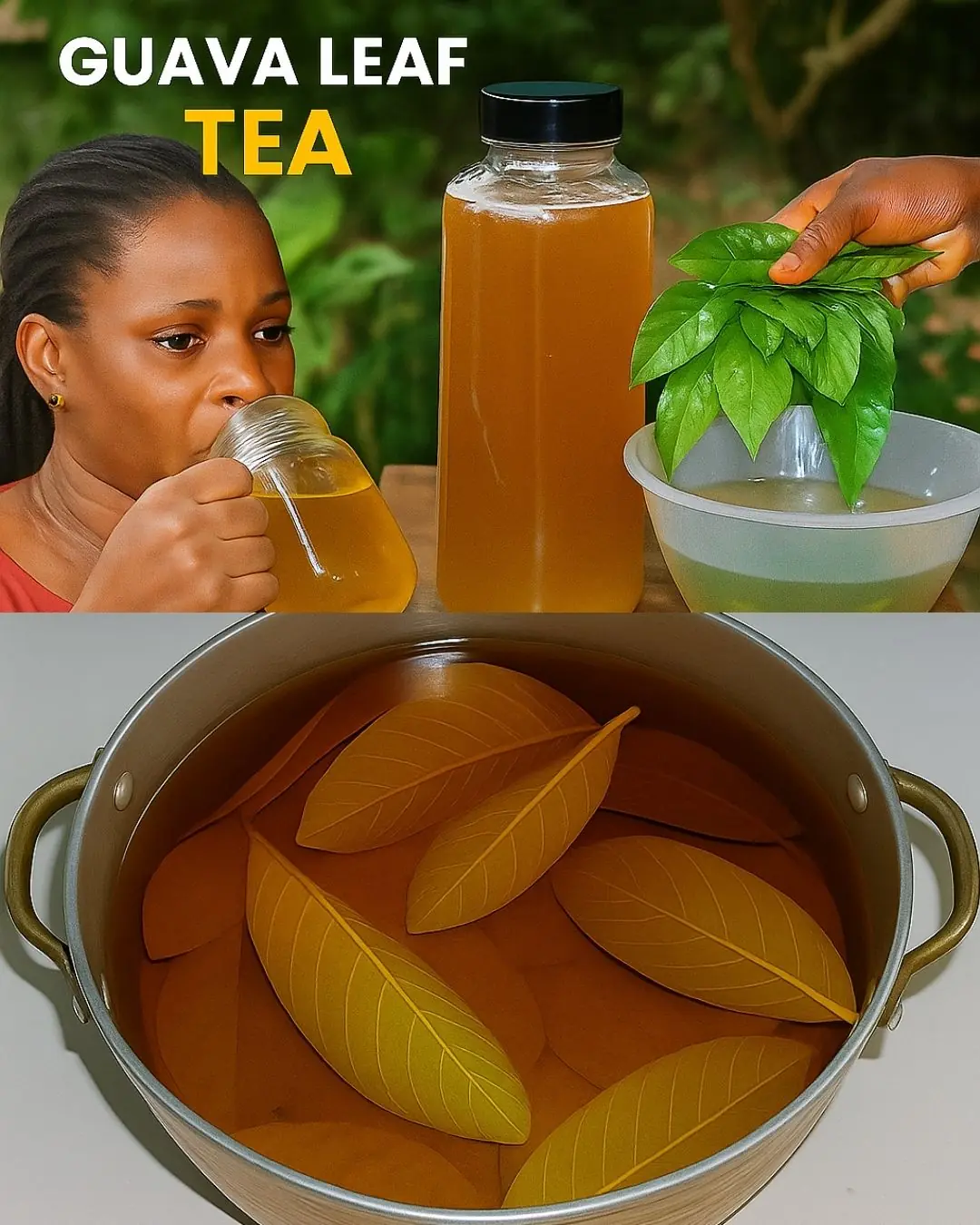
🌿 17 Health Conditions That May Benefit from Guava Leaf Tea + Easy Homemade Recipe
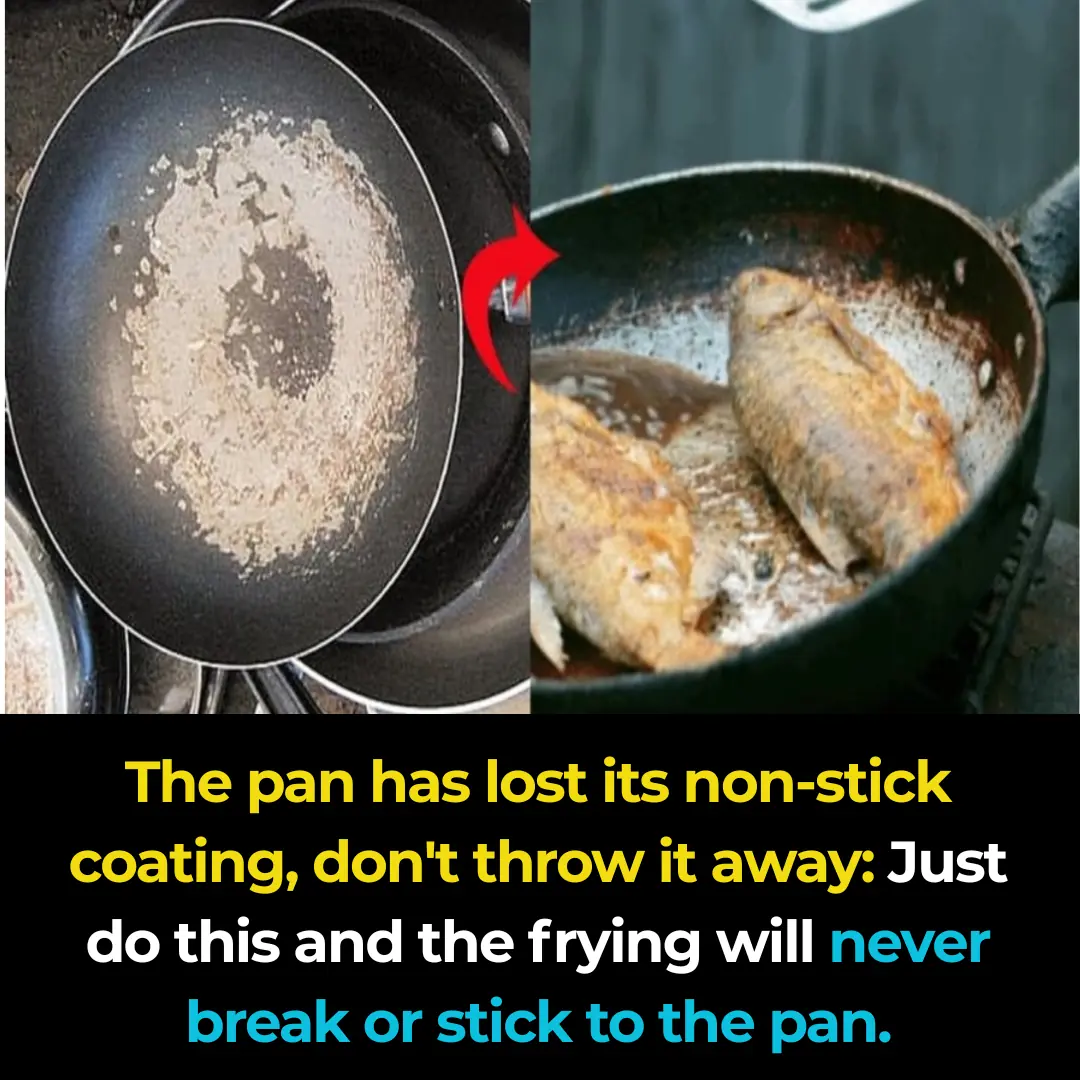
If your non-stick pan has lost its coating, don't rush to throw it away: Just do this, and you can fry and cook without it sticking or falling apart.

The golden 4-hour window for drinking coffee helps your body gain maximum benefits: detoxifying the li:ver and promoting smooth digestion.

Eating boiled bananas at this time, after just 1 week, your body will experience 7 changes
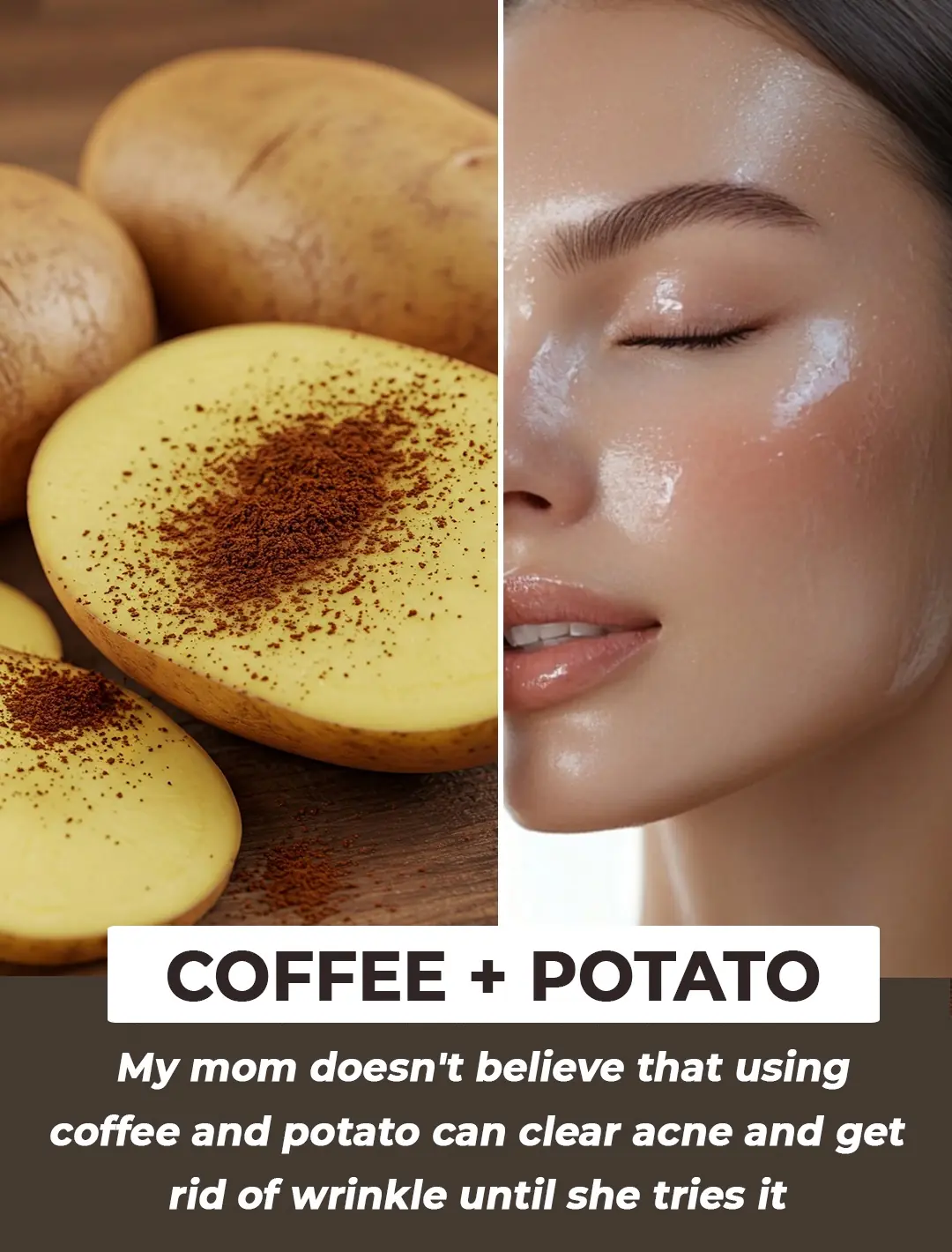
Add potato to coffee to get rid of wrinkles in just 1 week
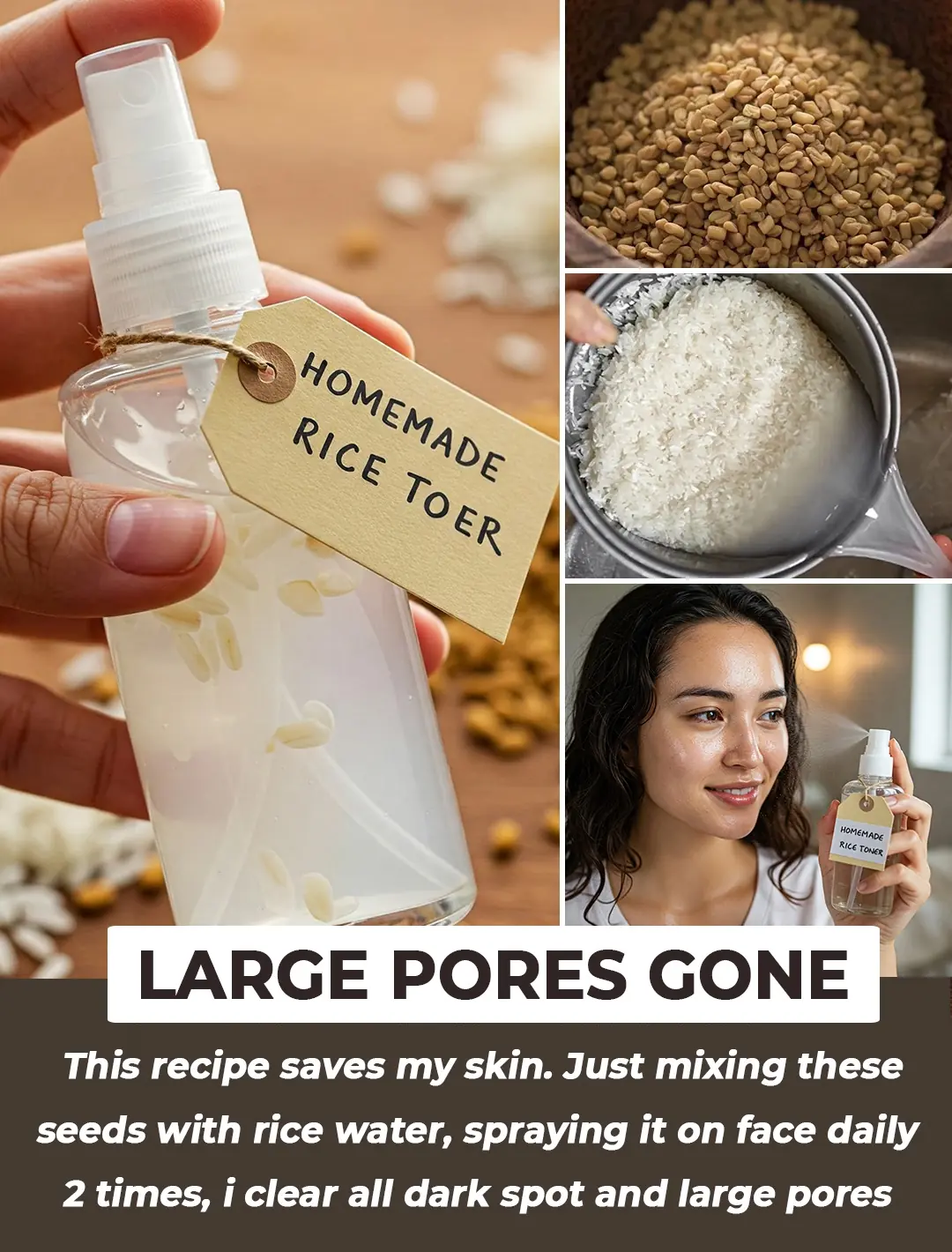
Homemade Rice water & Methi Dana Toner for Glowing Skin
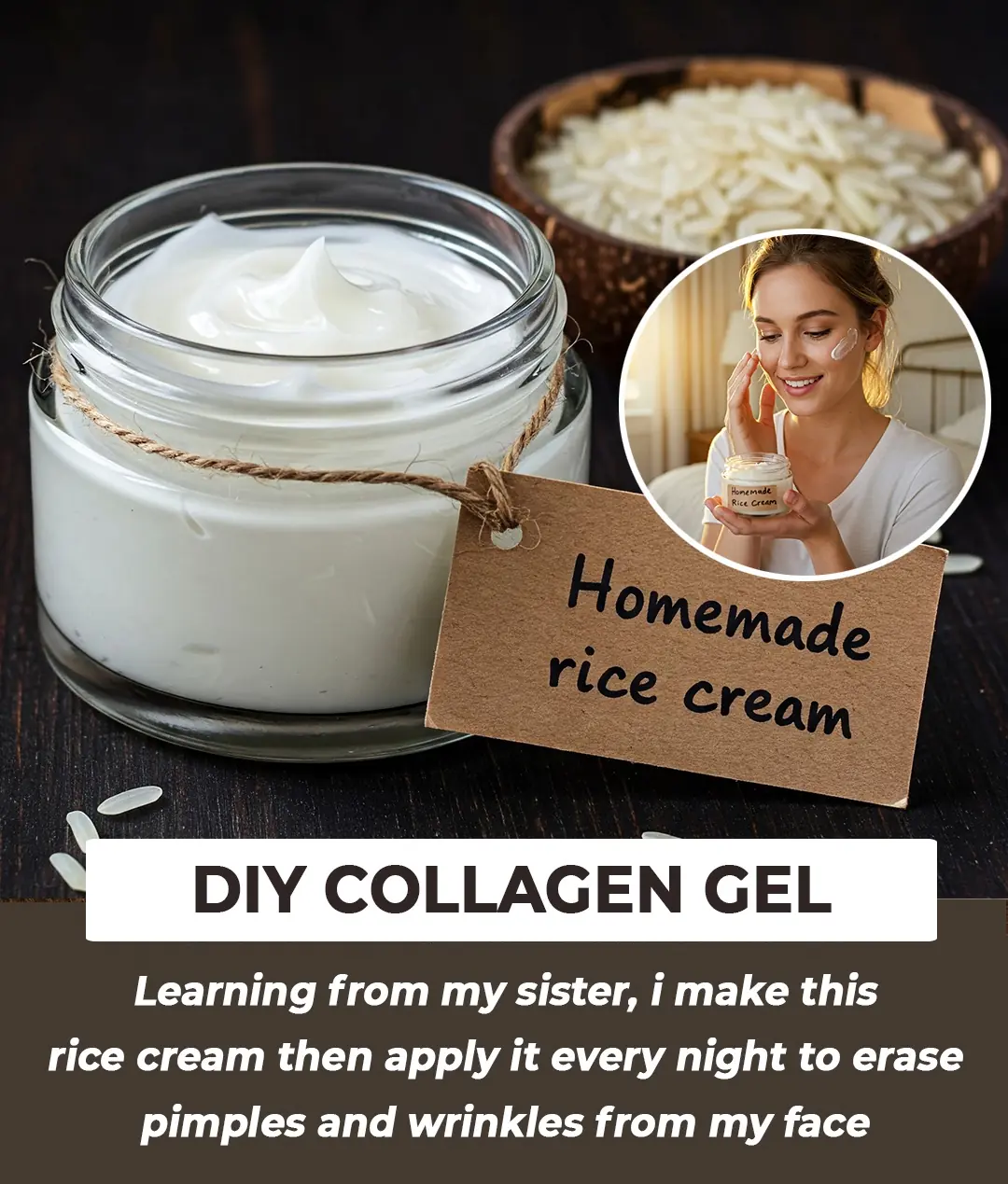
The DIY anti-ageing cream that is very effective to get rid of wrinkles and fine lines on your face
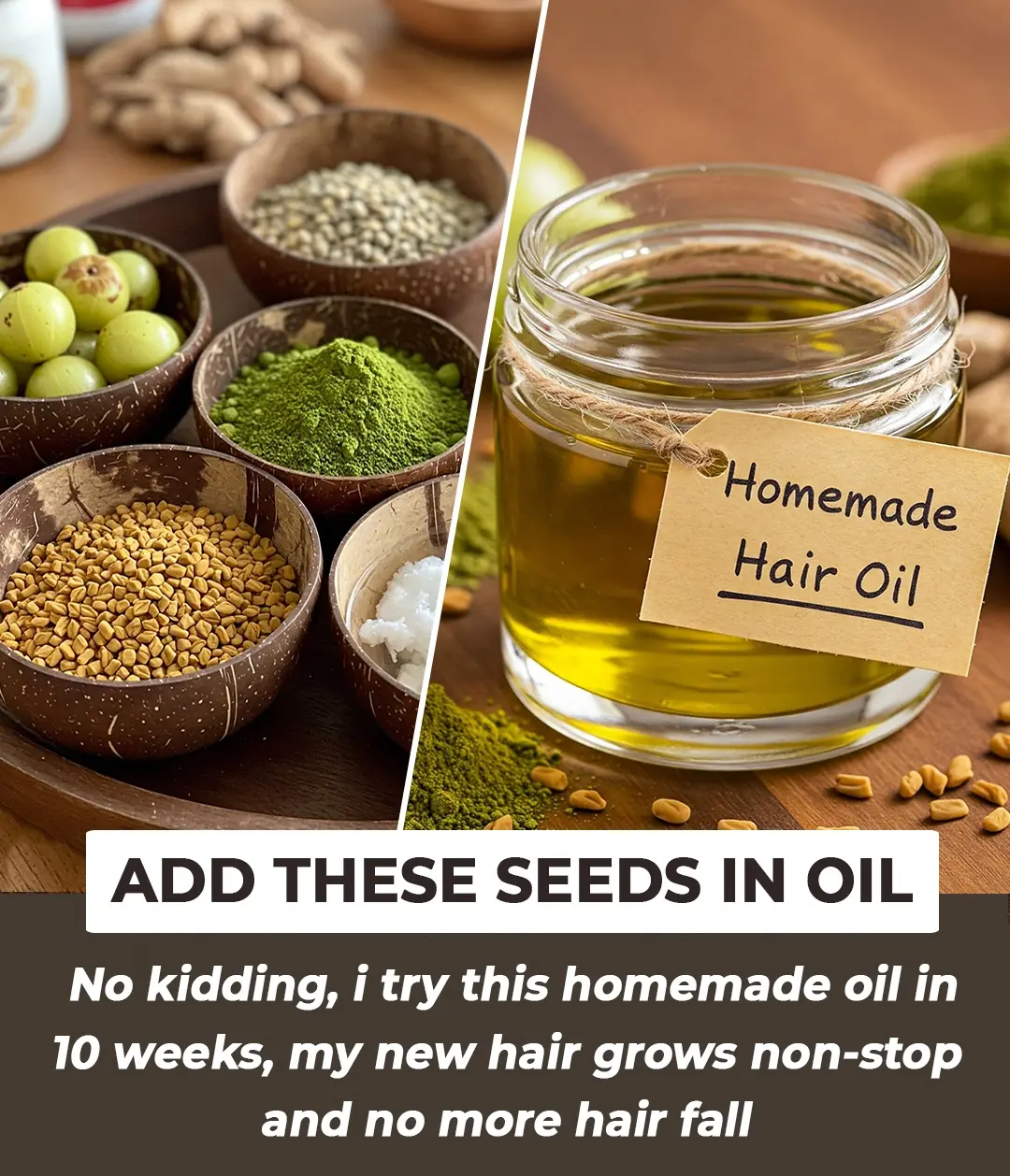
Herbal Remedies for Strong, Lush Hair: Easy Recipe Everyone Can Make At Home

Flaxseed Gel for Wrinkles: The Natural DIY Solution for Smoother, Youthful Skin
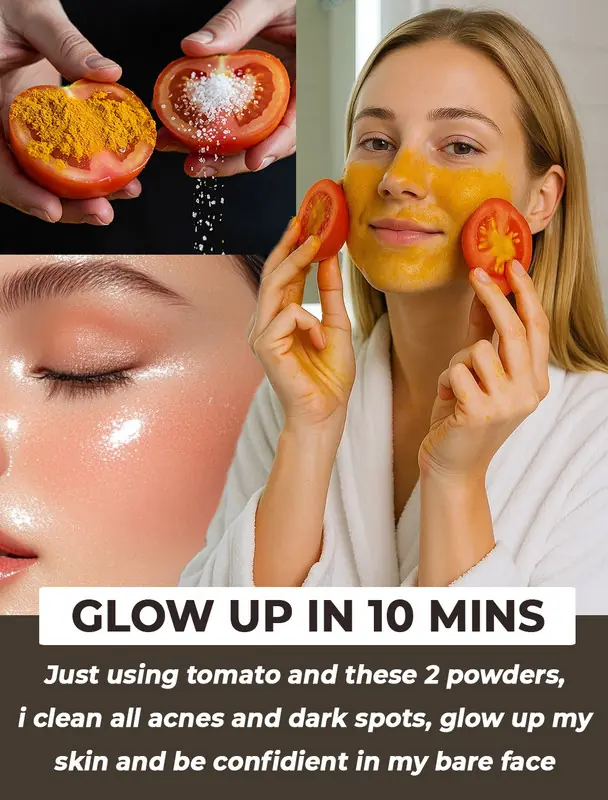
10 Tomato Slice Skincare Remedies for Wrinkles, Pores, and Glowing Skin: Natural DIY Treatments
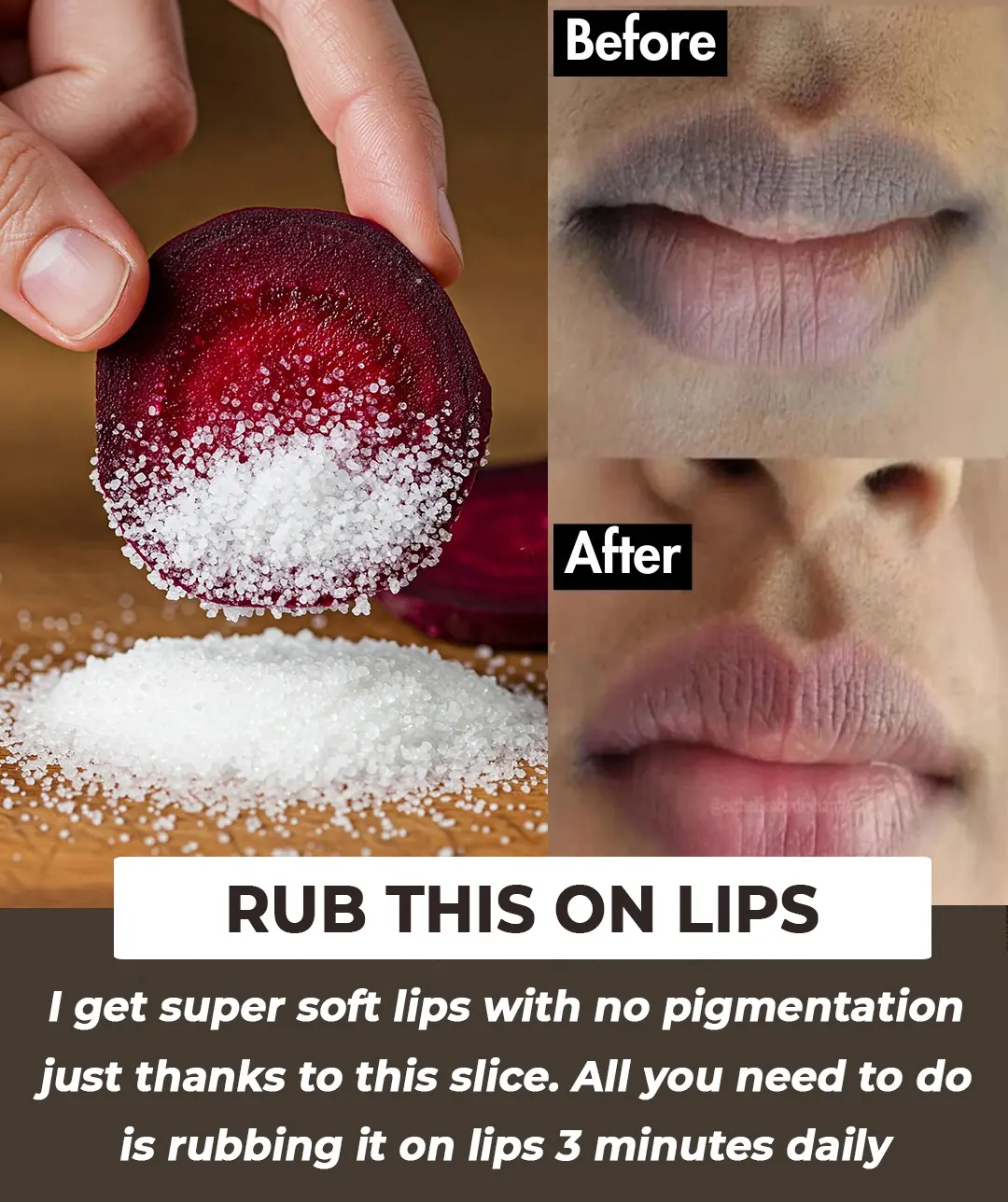
Super Effective DIYs to Achieve Soft, Pink, and Perfect Lips
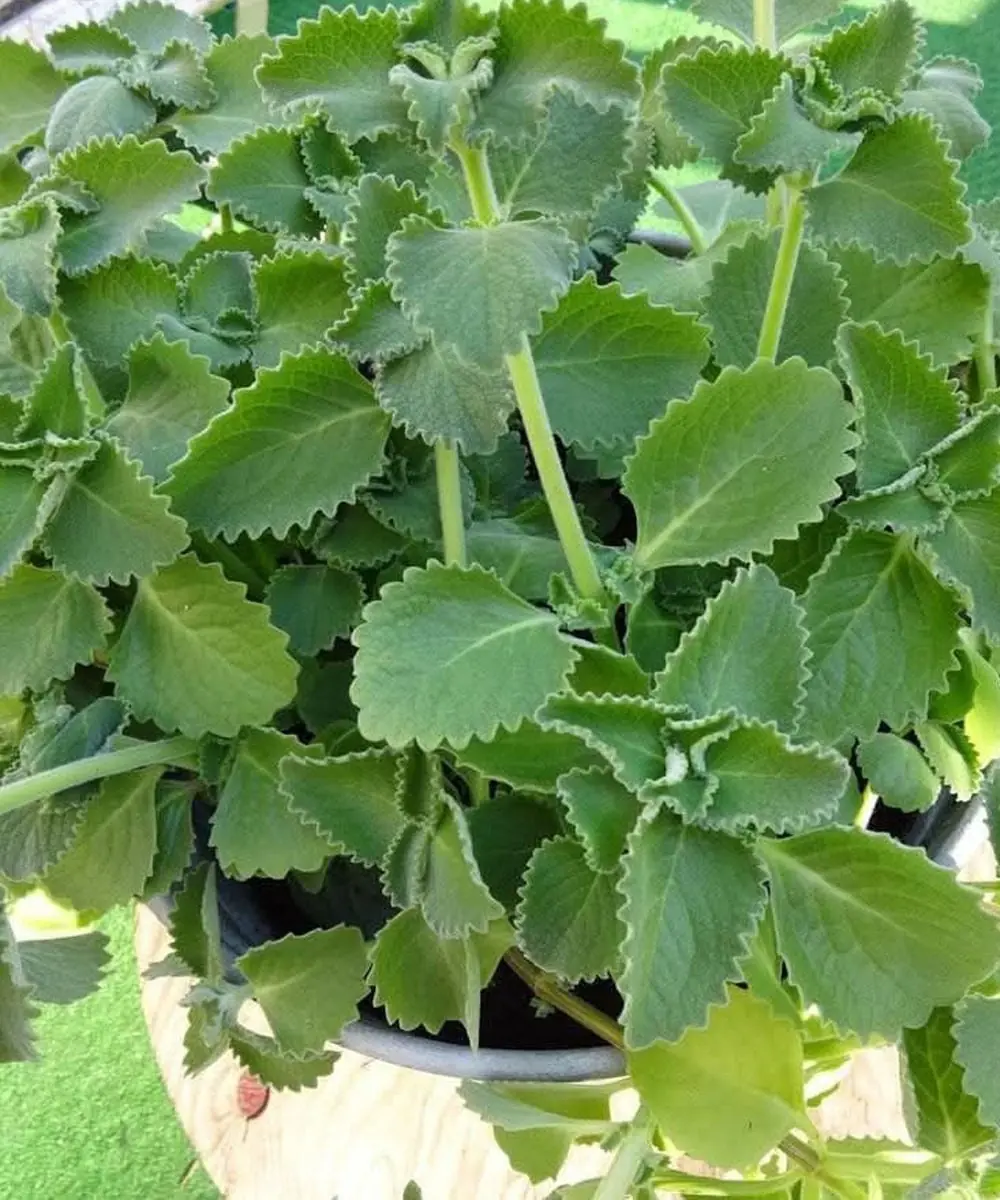
A Scientific Look at Oregano’s Role in Supporting Wellness
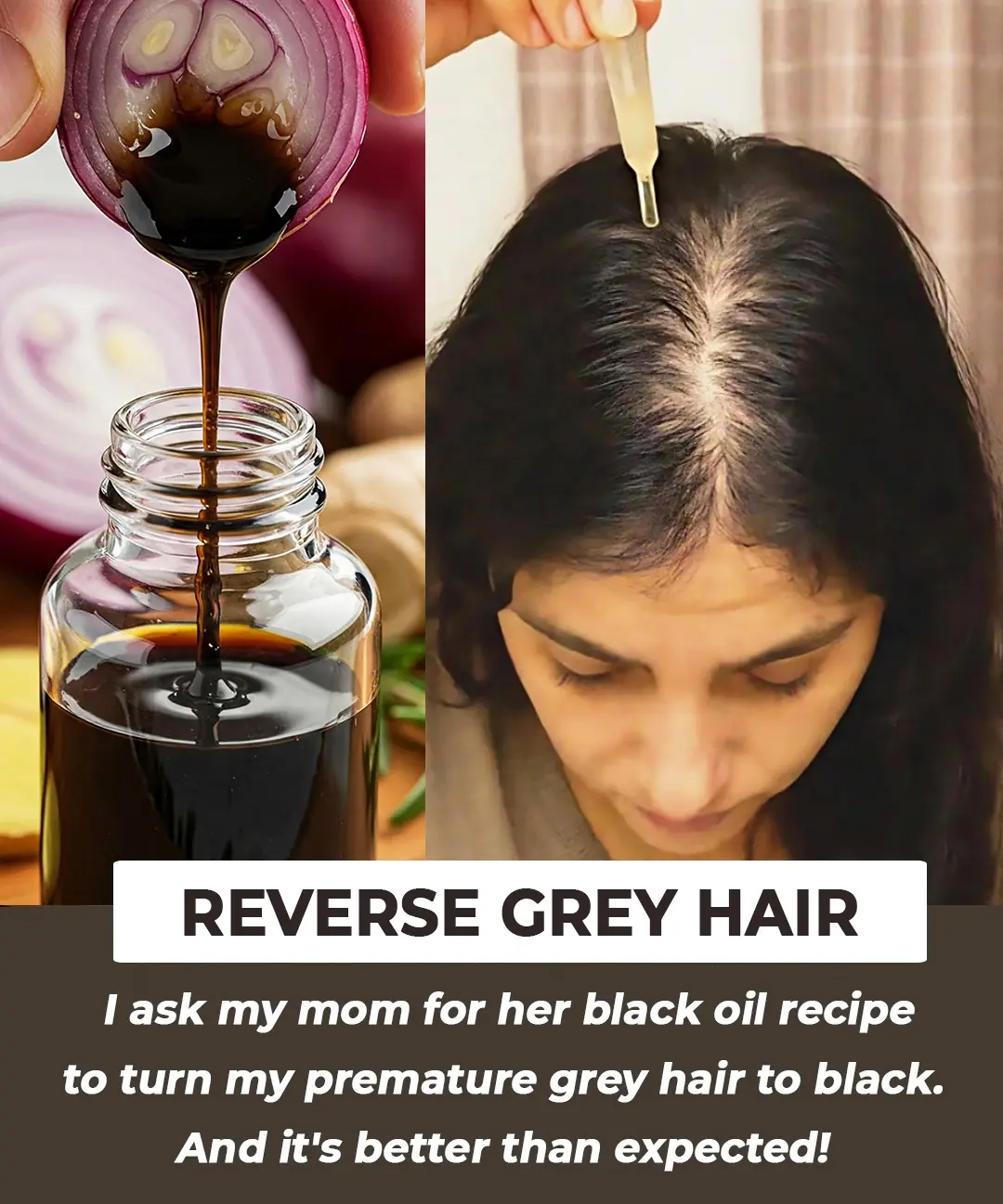
Reverse Hair Greying Naturally: Effective Treatments and Remedies for Restoring Hair Color
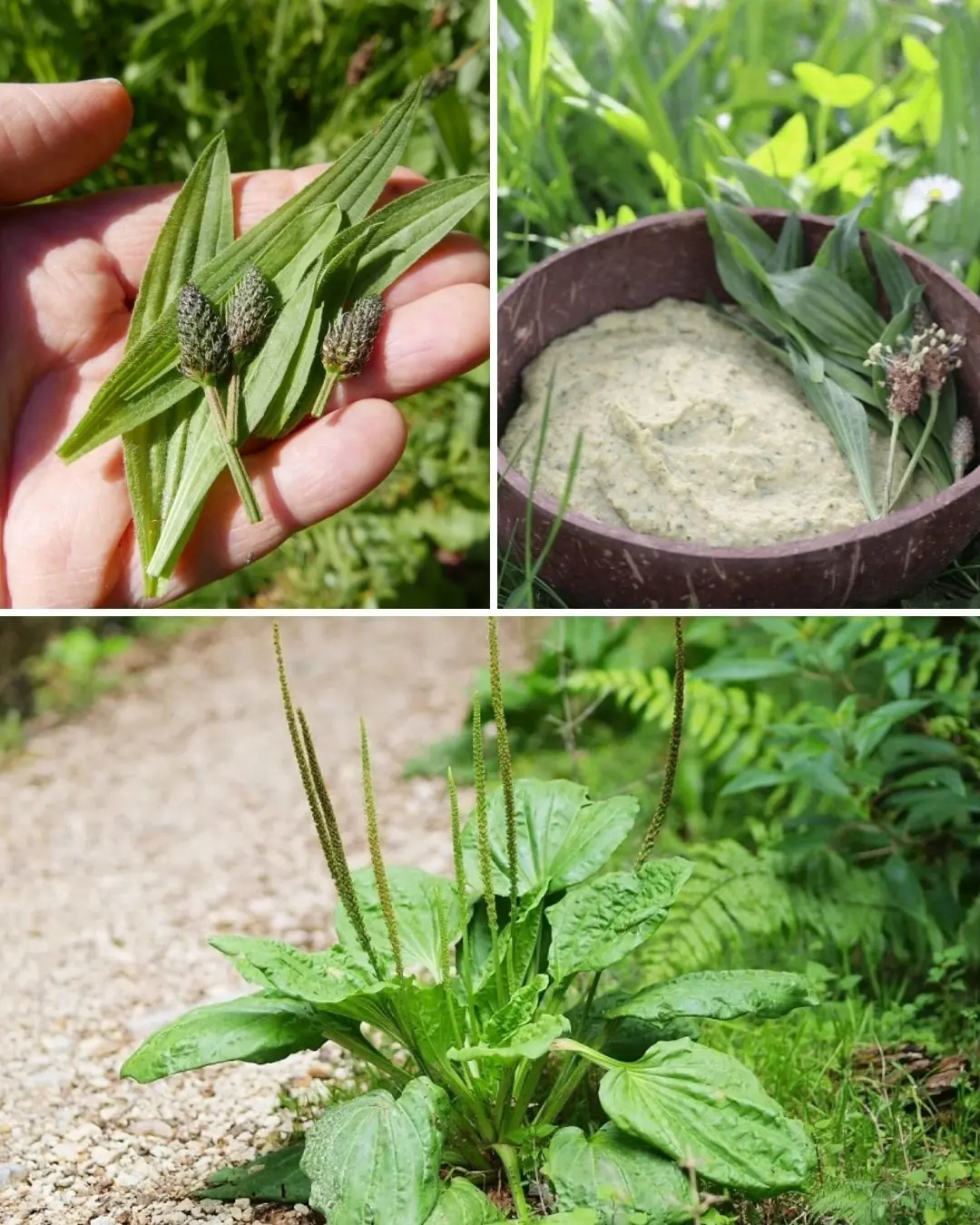
The Incredible Benefits of Plantago lanceolata and How to Use It
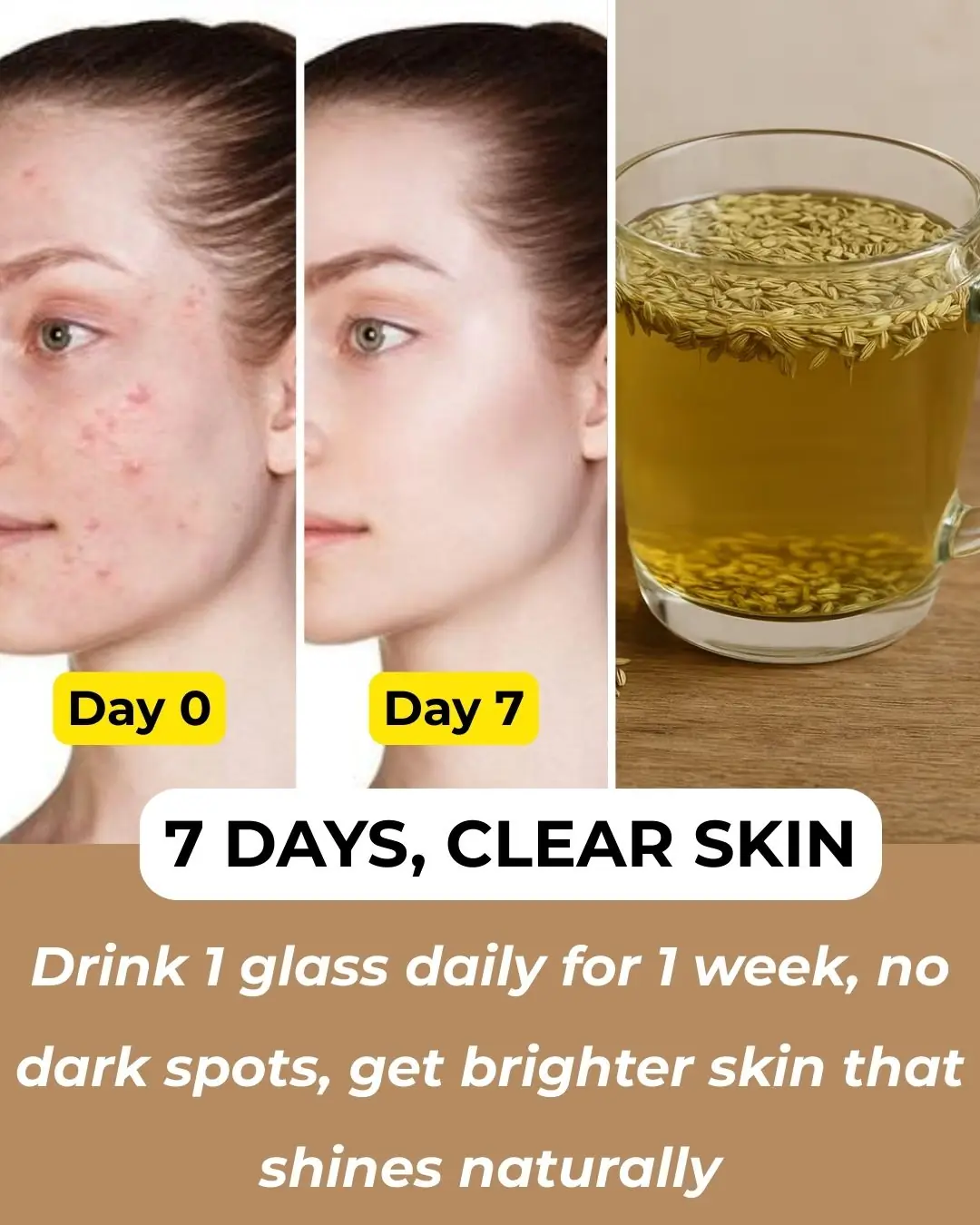
CCF Detox Drink For Glowing Flawless Skin
